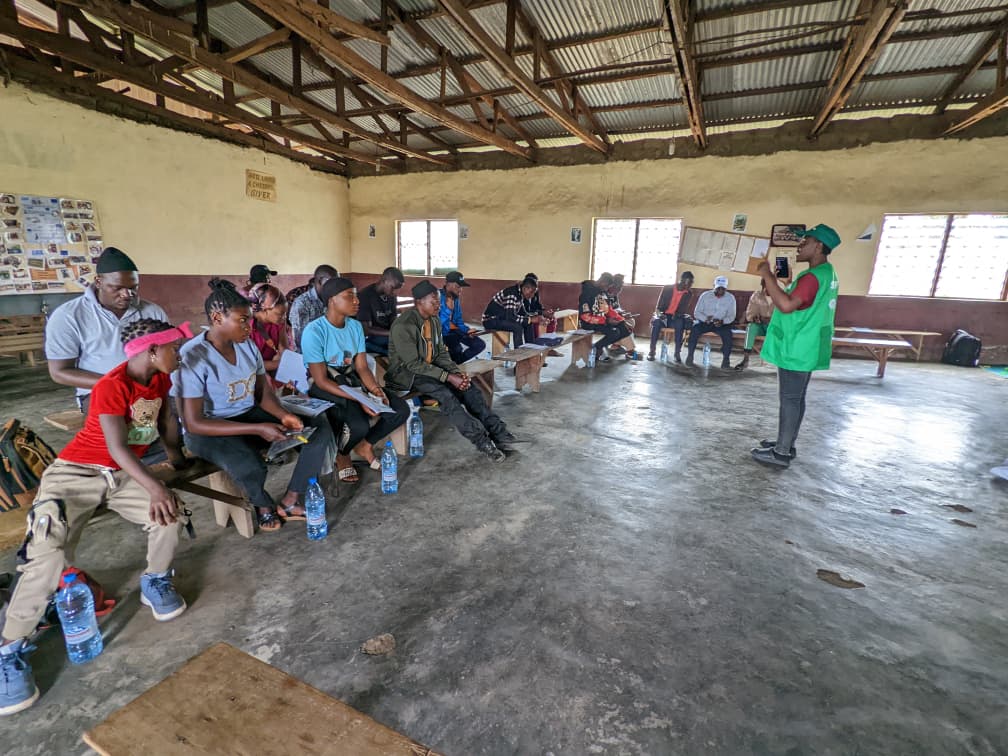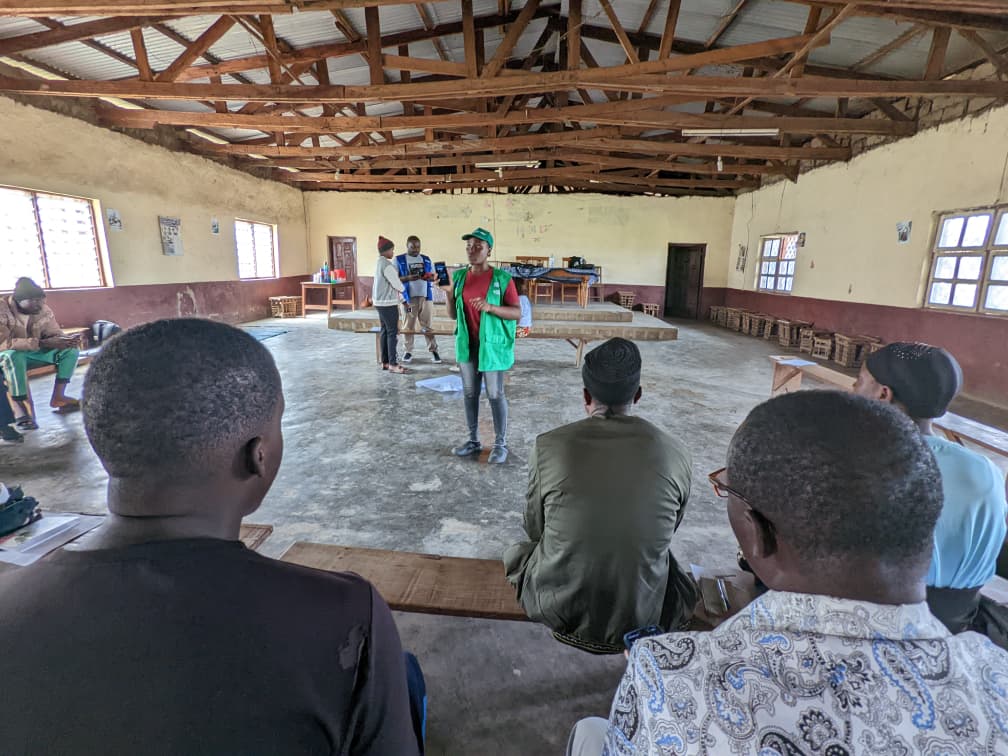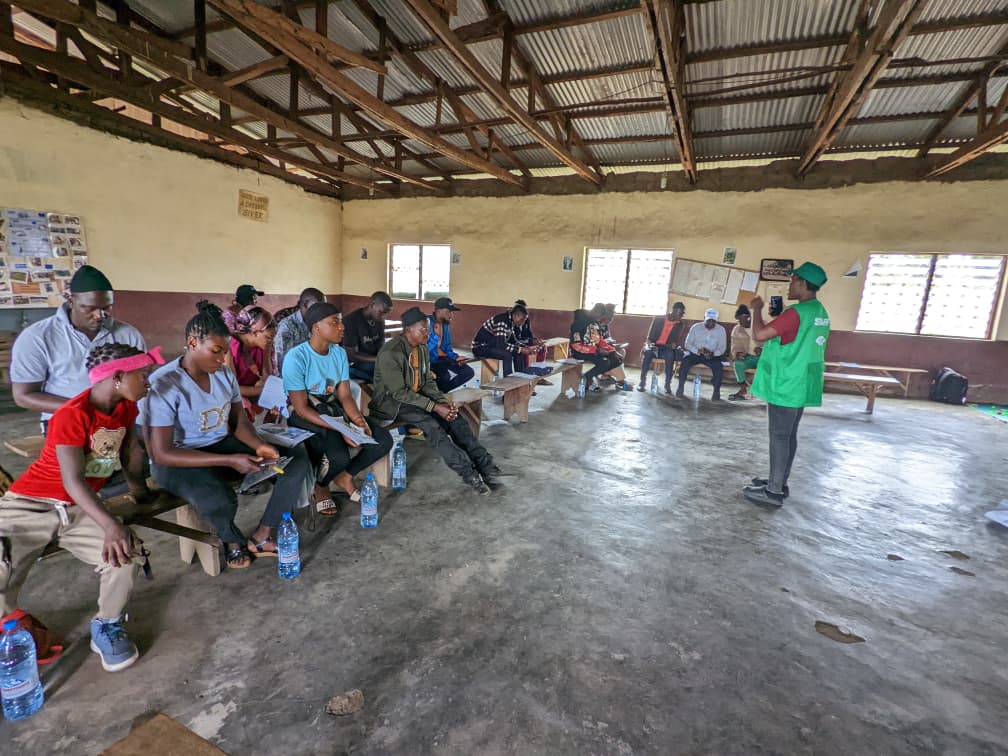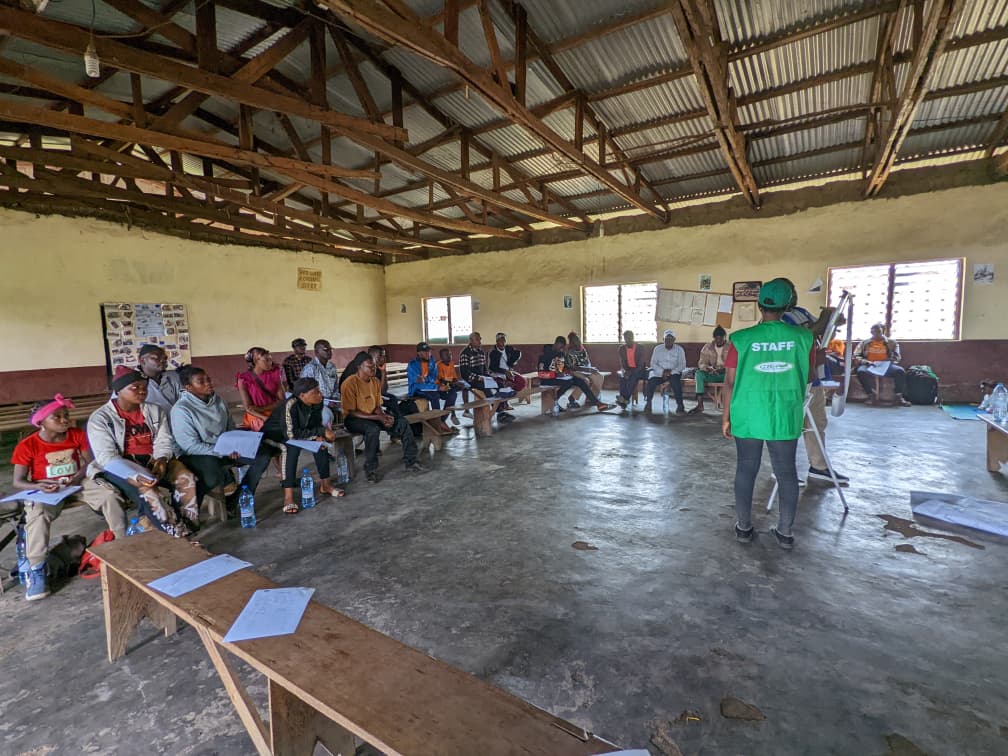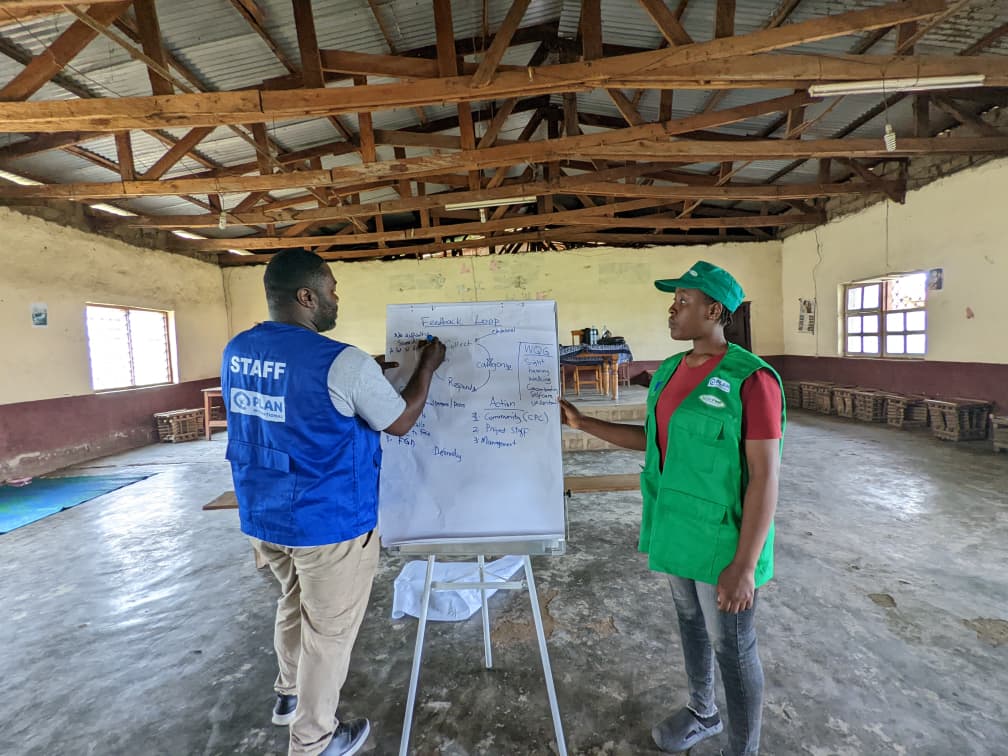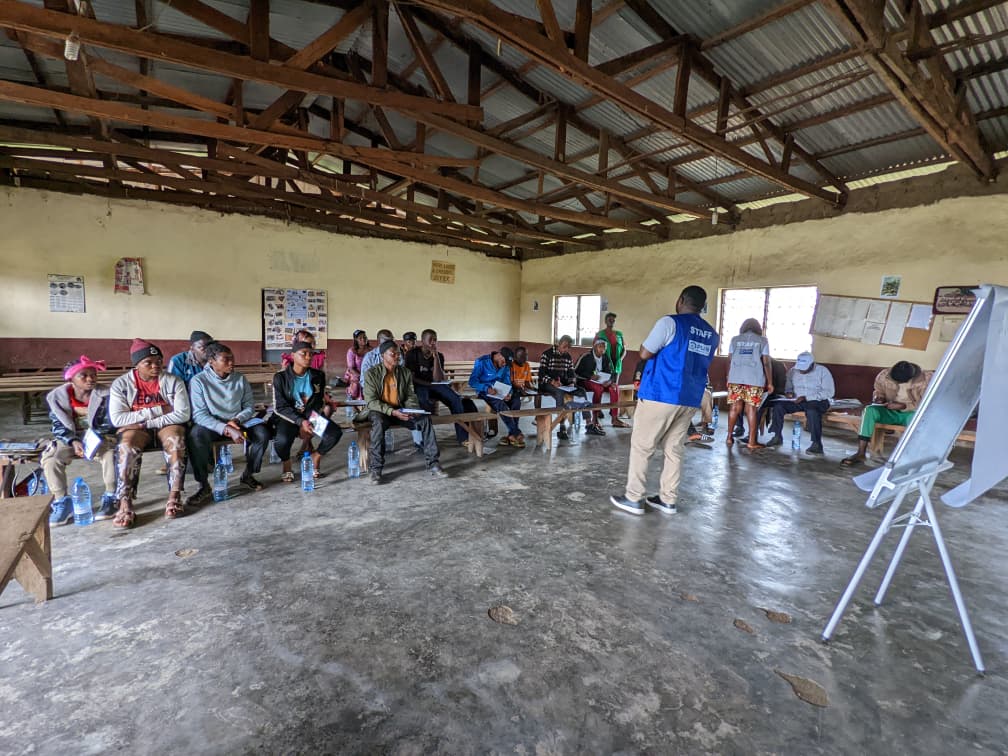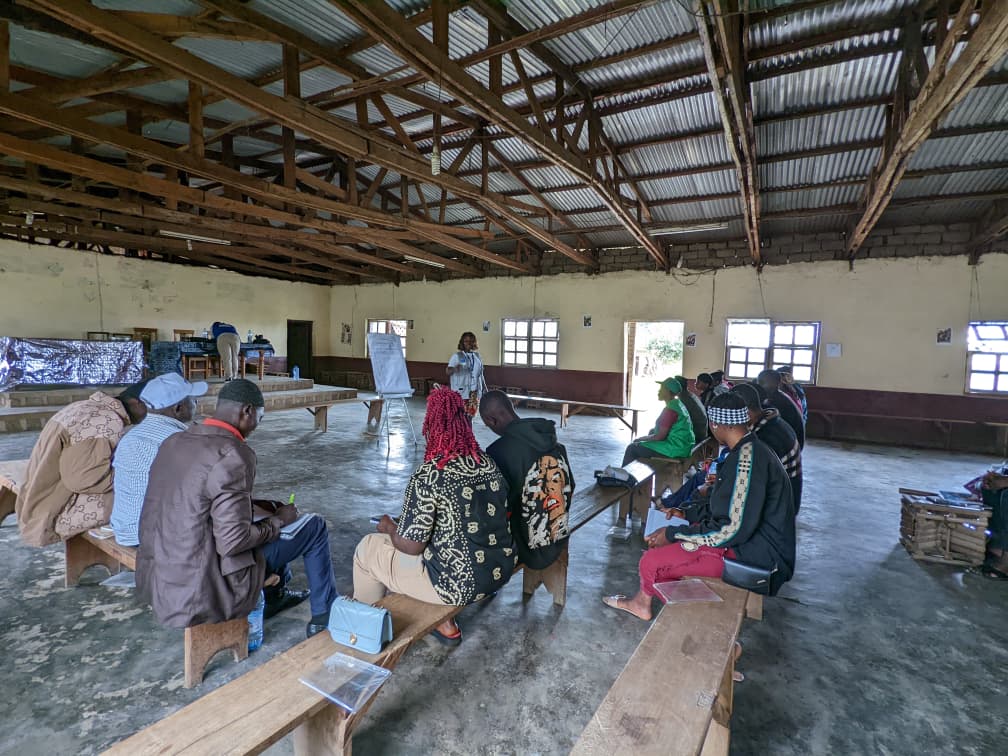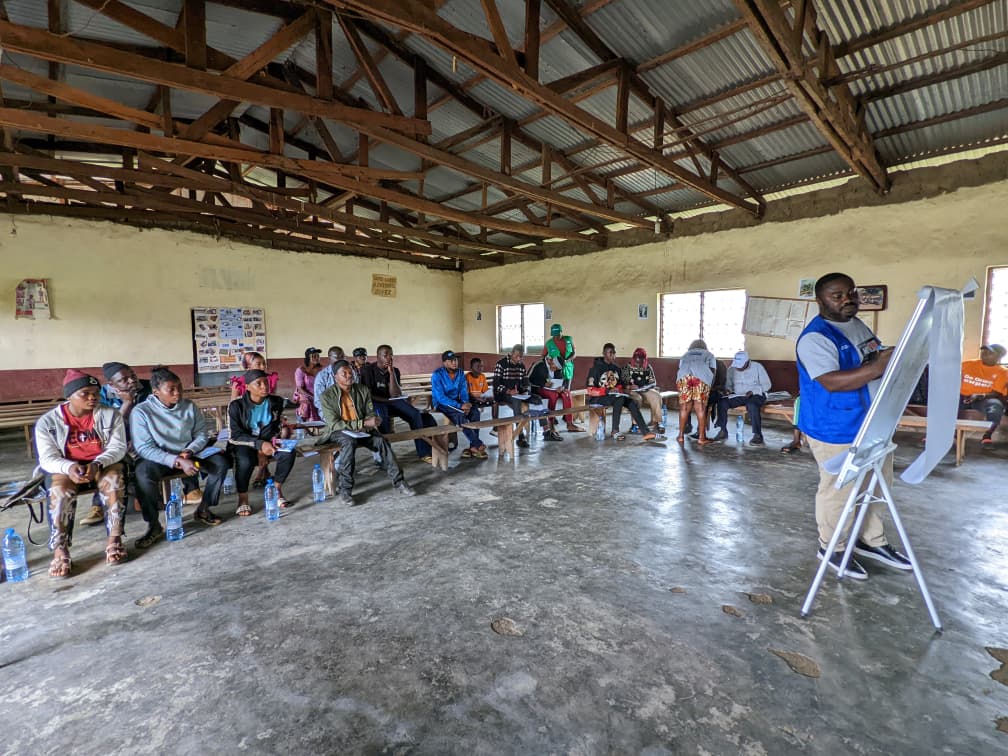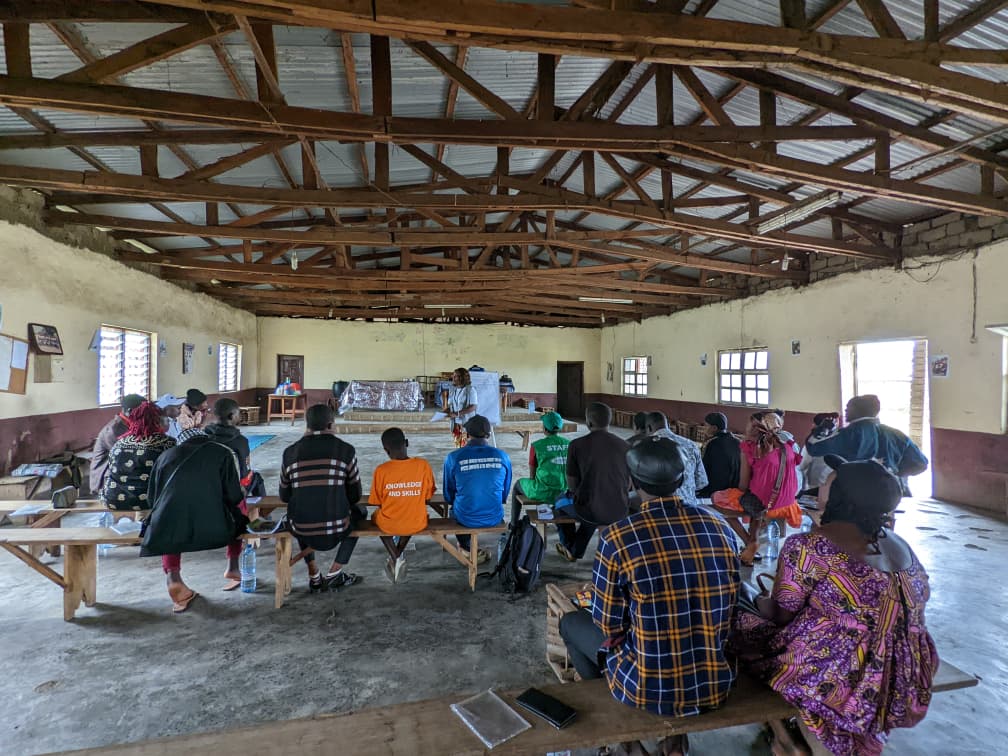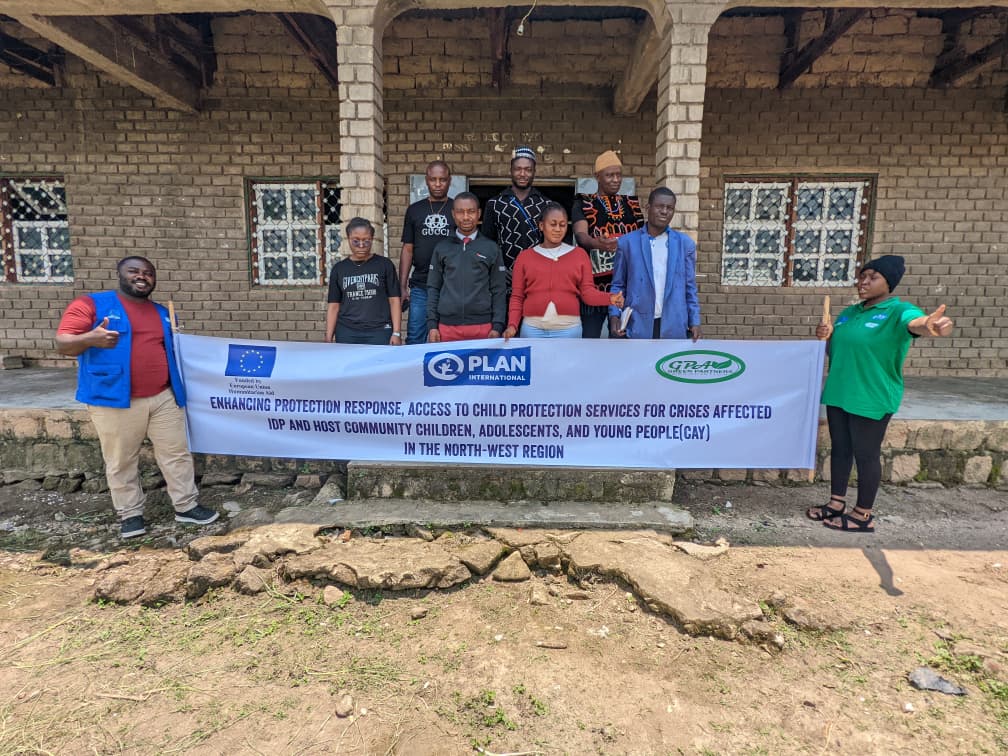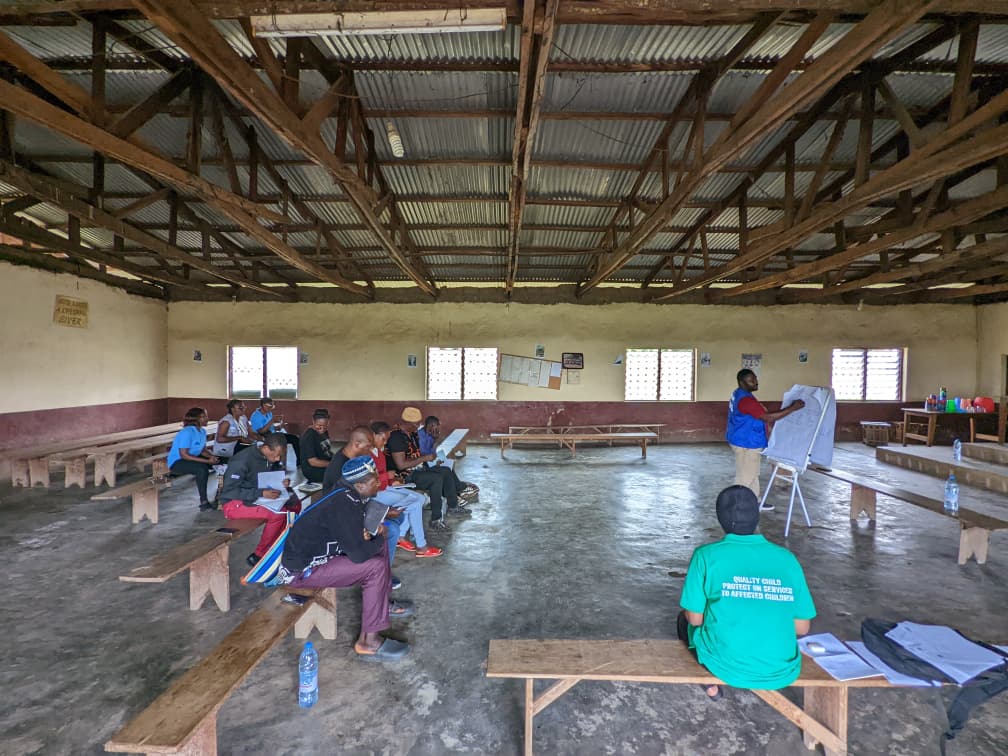Enhancing Protection Response, Access to Child Protection Services, and Quality and Inclusive Education for Crisis Affected IDP and Host Community children, adolescents, and young people (CAY) in the Far North and North-West regions of Cameroon.
The ongoing armed conflict in the North-West (NW) region of Cameroon has precipitated a severe humanitarian crisis. Over 1.8 million people need assistance1 leading to significant education and protection concerns. A lack of birth certificate access has resulted in inability to attend school and there is an inability to access key child protection services in remote areas. The ongoing violence has resulted in trauma for children, impacting their emotional wellbeing and increasing need for psychosocial support. Sexual exploitation, sexual coercion, and early marriage is prevalent in the region and SRH access has decreased, with 20% of women aged 15-19 in the region having begun childbearing estimated 596,000 school aged children require humanitarian assistance, including 156,000 IDPs. Due to the limited resources, children in the North-West South-West regions drop out of school (that being out of school is a main risk factor to children’s protection, exposing them to increased violence in farms, markets, and at home.), increasing exposure to protection risks.
Early marriages remain a significant concern, with adolescent girls highlighting an increased pressure to comply to marriage due to familial financial stress. The importance of SRHR knowledge and service access is supported by the fact that SRH risks were recognised as the most common consequence of child marriage in the region. This is further enforced by the increase in sexual exploitation and harassment noted, which commonly result in SRH consequences. Despite this importance, there is a lack of awareness on these topics. Furthermore, although most frequently accessed for pregnancy counselling, STD treatment, and SGBV support, limited access to SRH services was noted due to stigma, lack of awareness, and a lack of adolescent-friendly attitudes and spaces in services.
The current action in the North-West (NW) aims at increasing the protection of children from specific child protection risks through holistic case management services and community-based protection approaches. The action will target crisis affected and hard to reach children and adolescents, that will be identified through a child protection mobile approach. Improved sexual and reproductive health (SRH) knowledge and service access will support at risk adolescents to enhance their sexual and reproductive health and rights (SRHR); children’s emotional stabilisation will be fostered in child-friendly spaces (CFS) through preventative play-based psychosocial support (PSS). This initiative aims to improve the coordination and effectiveness of services for at-risk children and survivors of violence in the NW of Cameroon, specifically addressing gaps in support systems.
The project is currently responding to identified child protection needs in Menchum and Ngoketunjia divisions in the NW, selected due to their high needs and lack of ongoing humanitarian child protection response. The 13-month intervention that began on the 1st of April 2025 will target reaching 5,171conflict-affected people (1,777 girls, 1,185 boys, 1,325 women and 884 men). The project will focus on the most vulnerable girls and boys, including child survivors of SGBV and displaced children at risk of further protection-related concerns, such as physical and emotional abuse. At-risk adolescents in need of improved SRH knowledge/access while their parents will also be targeted through this intervention.
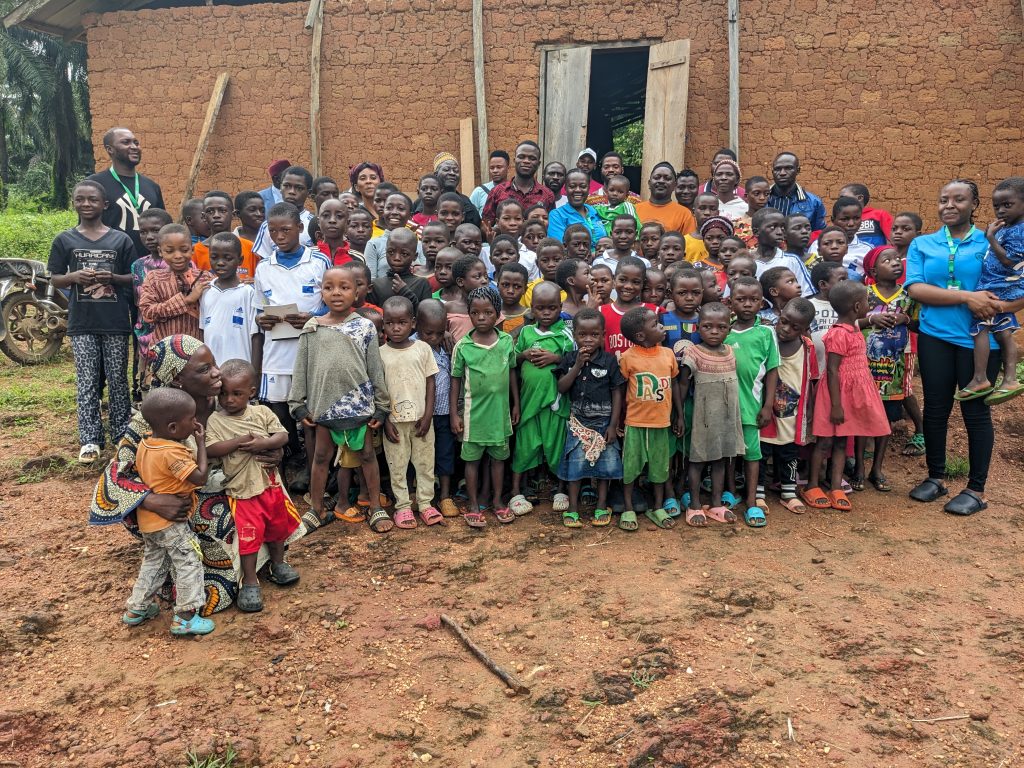
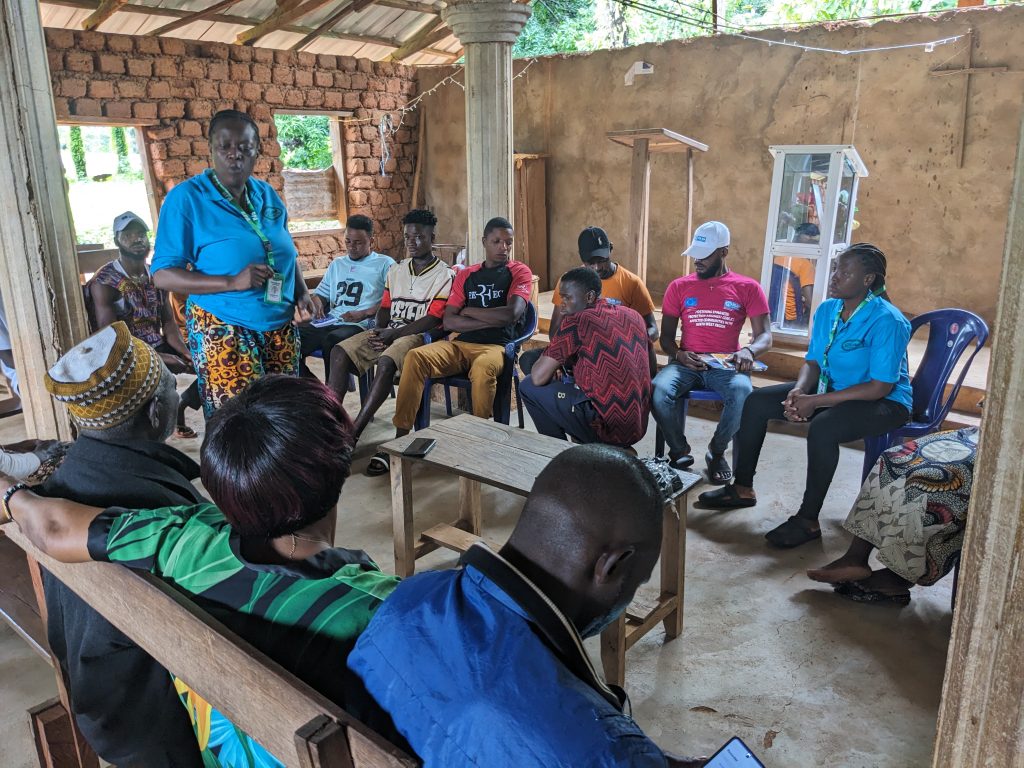
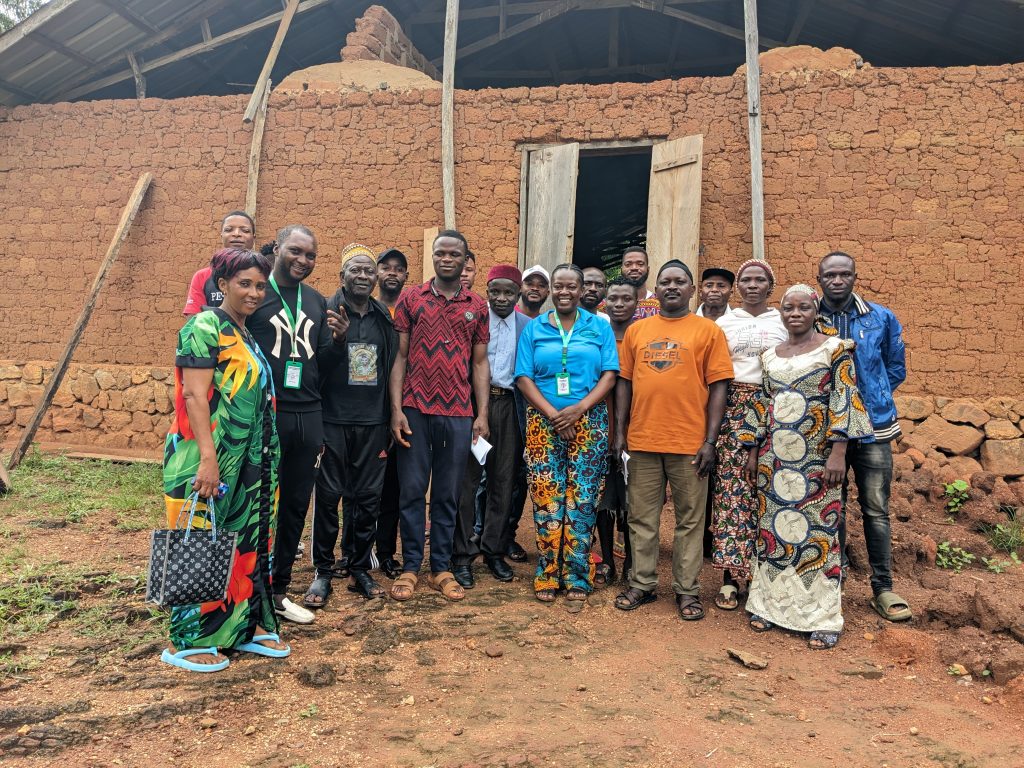
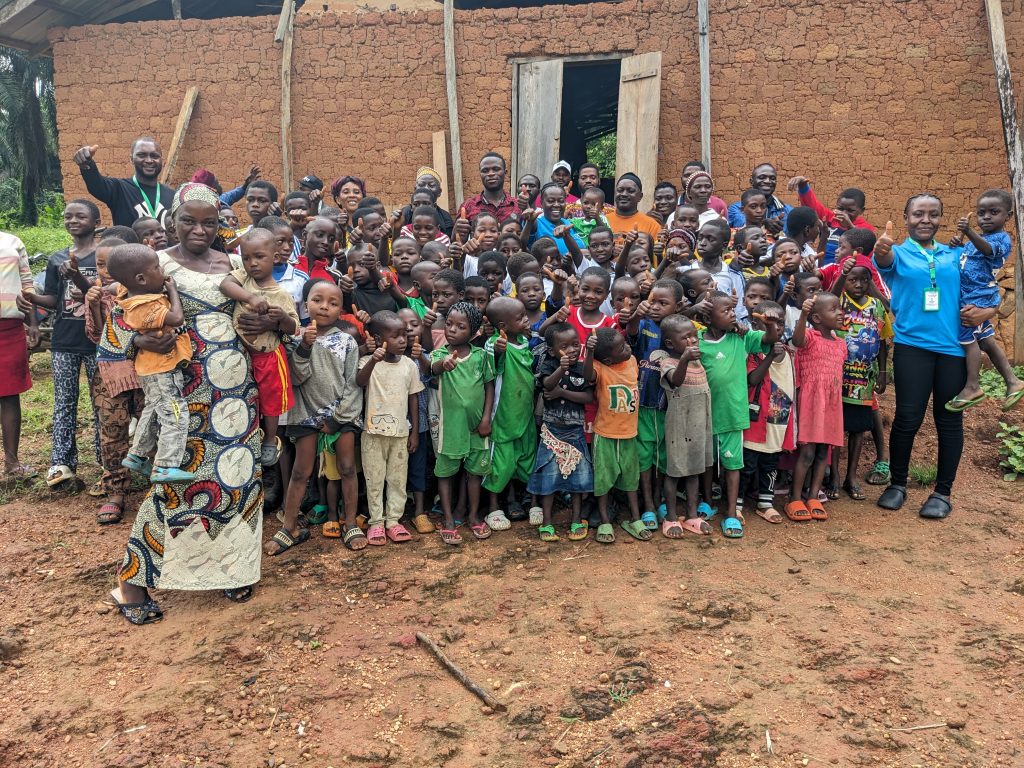
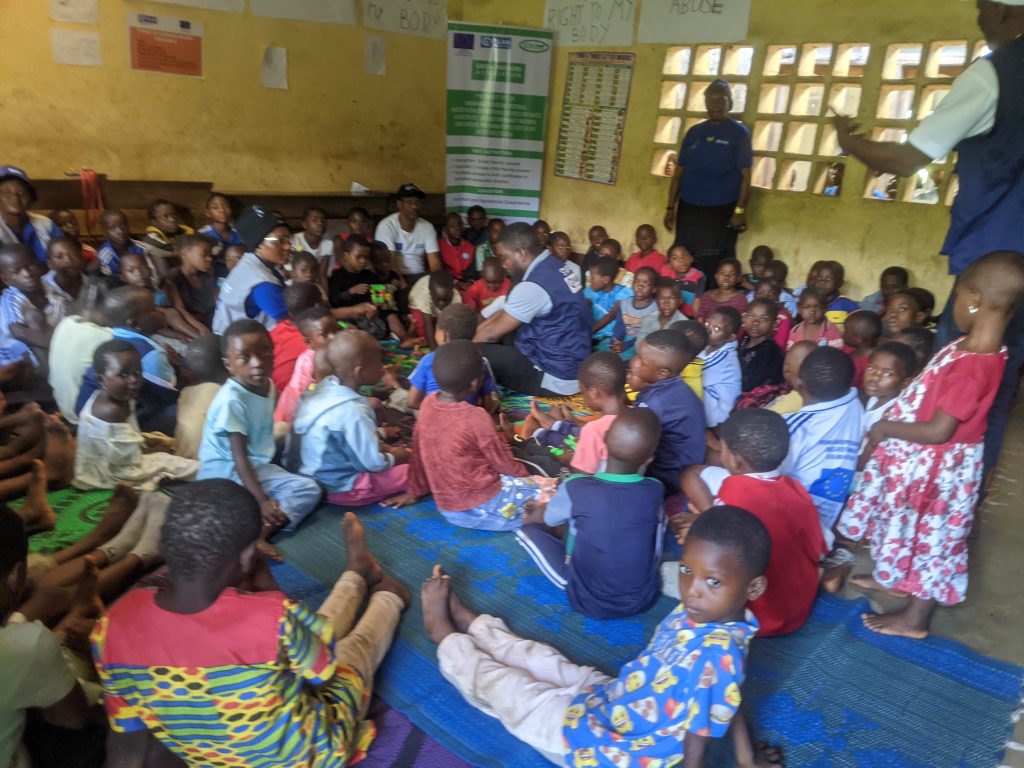
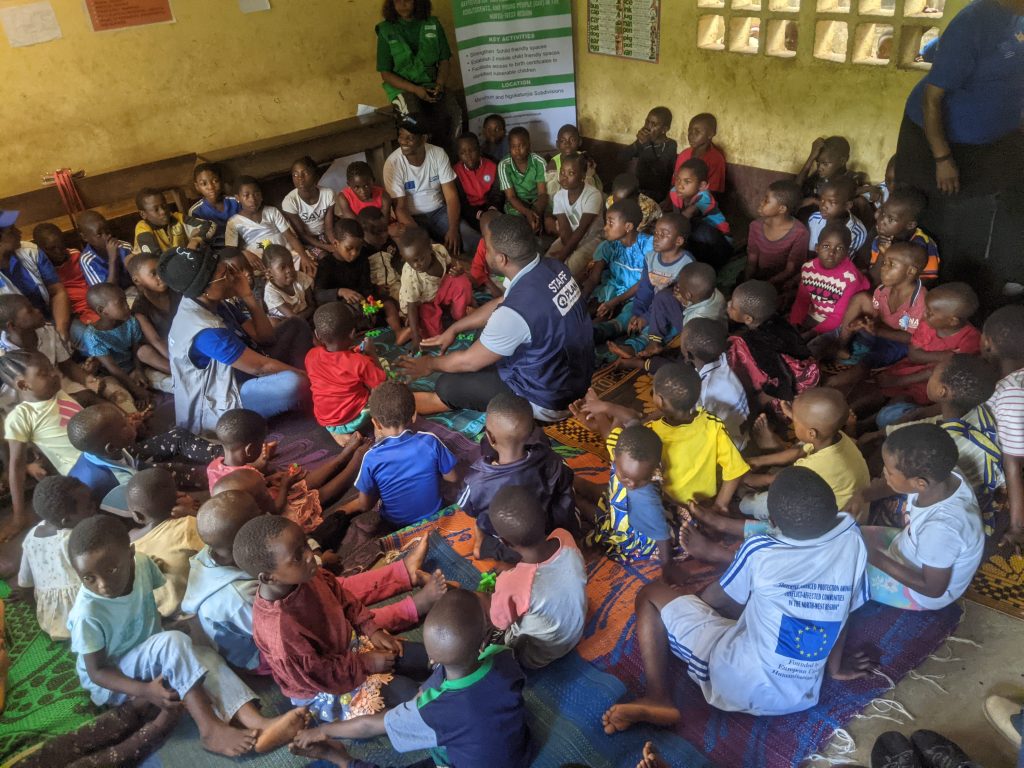
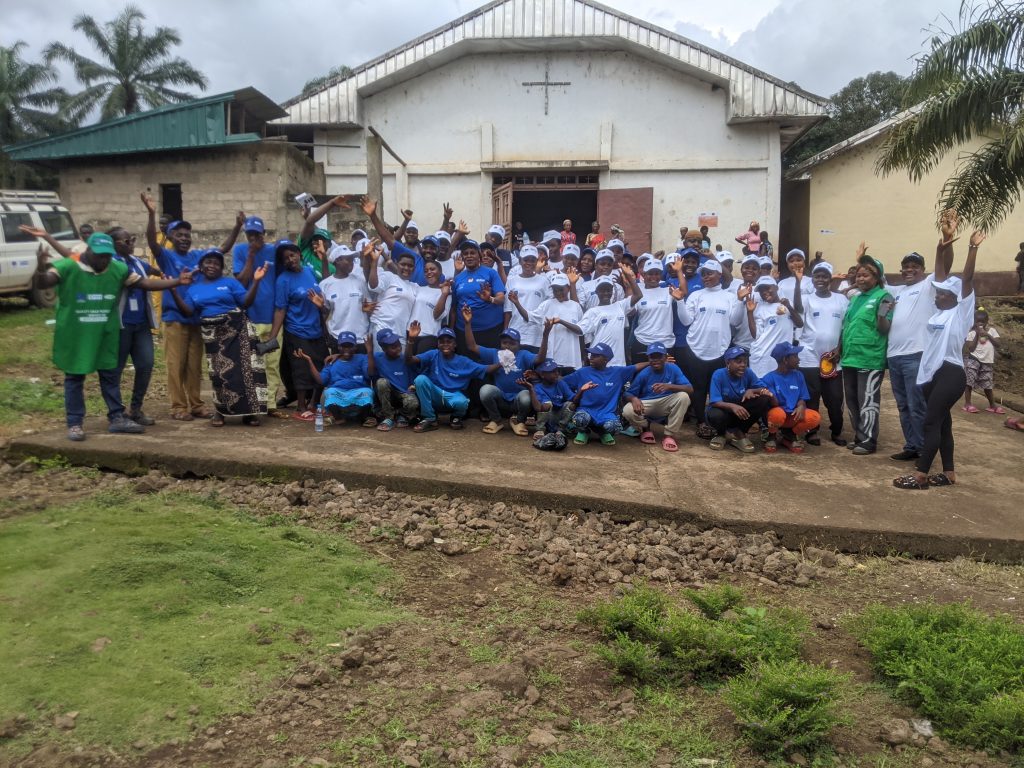
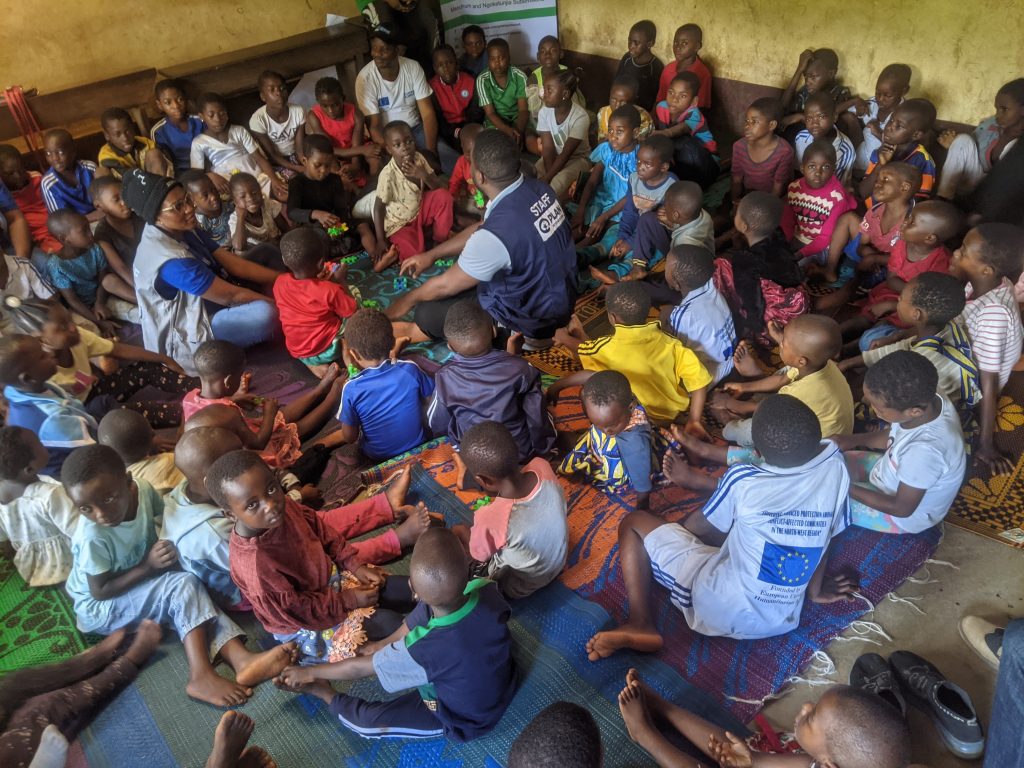
Target activities: specific activities
Adolescent girls and boys: Relevant activities will be tailored for adolescents as they represent a critical group that is often overlooked in child-focused programming, with adolescent girls being particularly disadvantaged. To address this, adolescents who have missed out on education are the primary target for our alternative learning programmes, supporting them to return to formal education by providing them with learning materials and adapted support for learners living with disabilities. The protection activities are also generally designed to address the specific risks faced by adolescents, specifically through the SRHR focused interventions, as their right to SRHR knowledge and services is often neglected. Therefore, the training for service providers will focus upon how to make SRH services more welcoming and accessible to adolescents. The PALS programme will further support adolescents to understand and prevent/address the negative SRH implications of SGBV, while also improving their parents’ ability to support their child’s SRH needs. Pregnant and lactating adolescents will also be considered throughout the PALS training programme, whereby confidential spaces will be available for breastfeeding needs and support provided for adolescent parents with young children who wish to attend these training sessions. Negative coping mechanisms have also developed among children and adolescents in the NW region such as substance abuse, aggressive behaviour, and withdrawal from social activities. Stress is substantially prevalent in adolescent girls, resulting from economic hardship, lack of access to education, poor parenting, and safety/insecurity concerns. Family members, friends, and teachers are most sought for support, however, the support received from these sources vary, as parents’/caregivers’ capacity to manage children’s stress is limited by their own financial, emotional, and psychological strain.
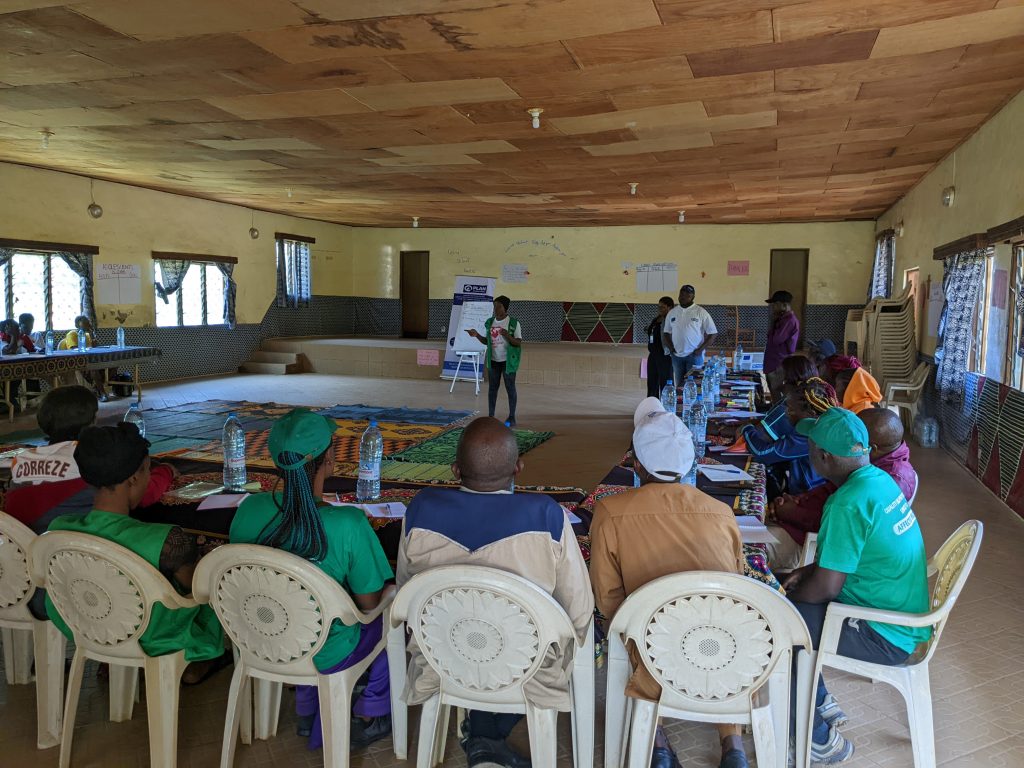
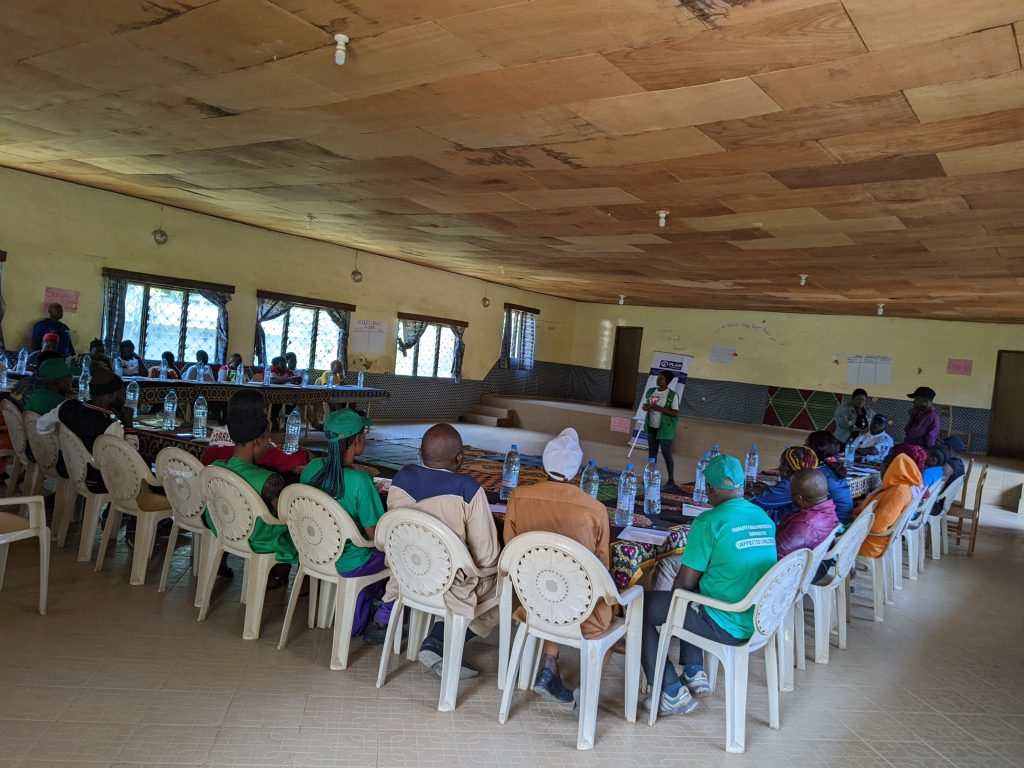
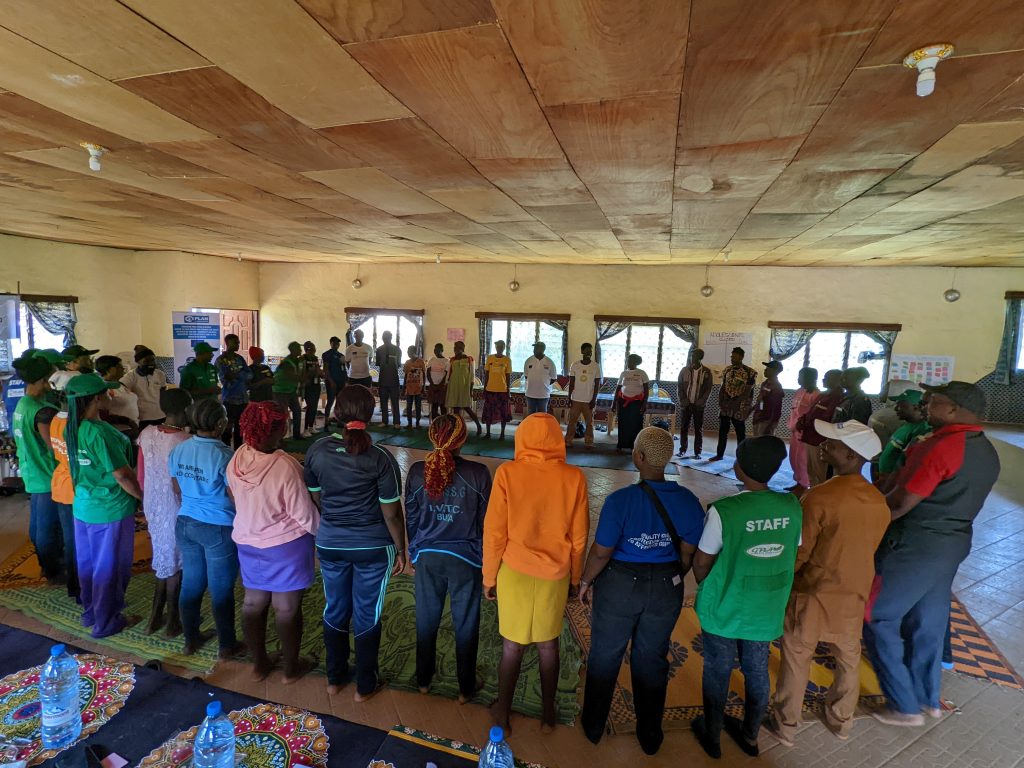
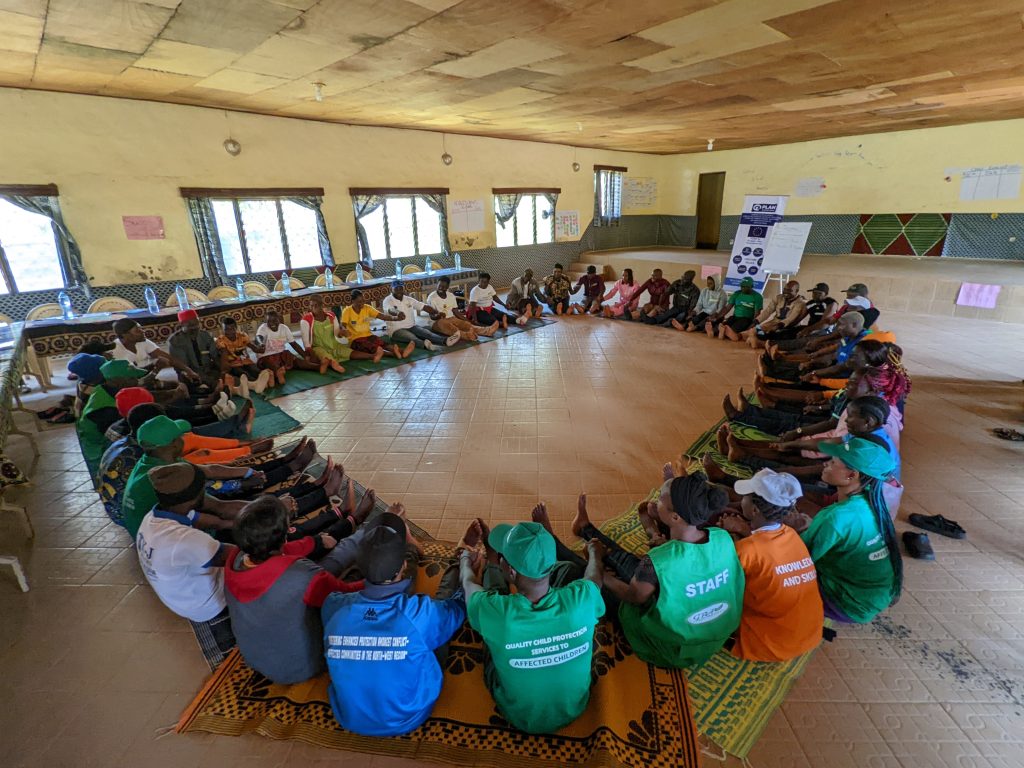
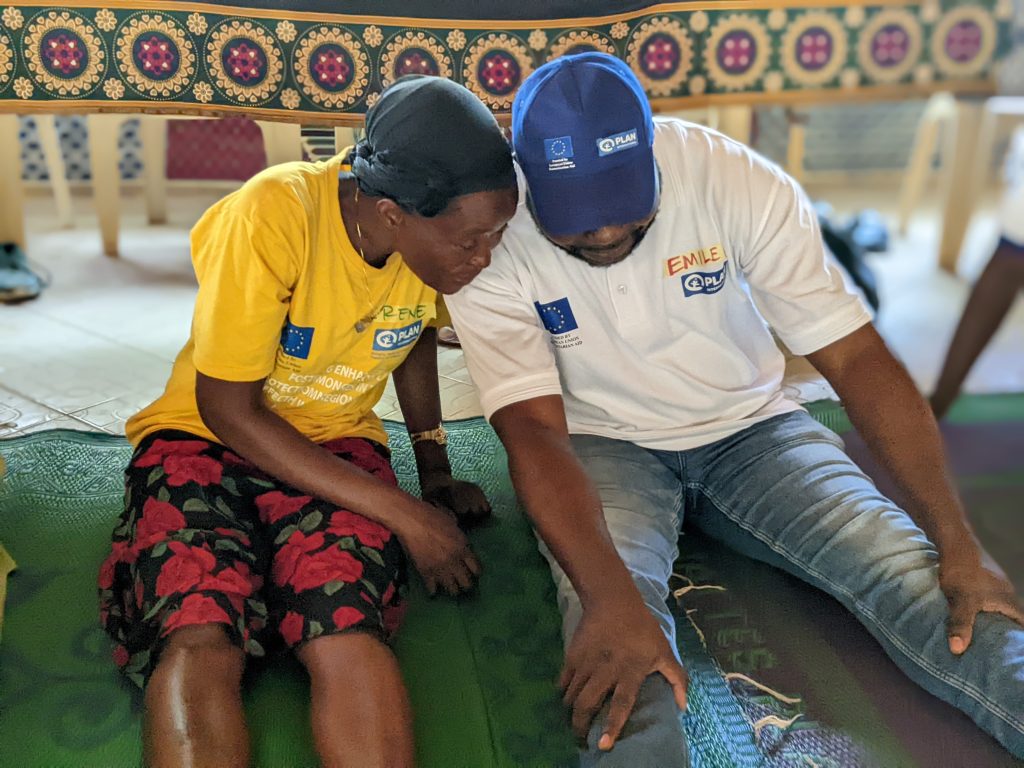
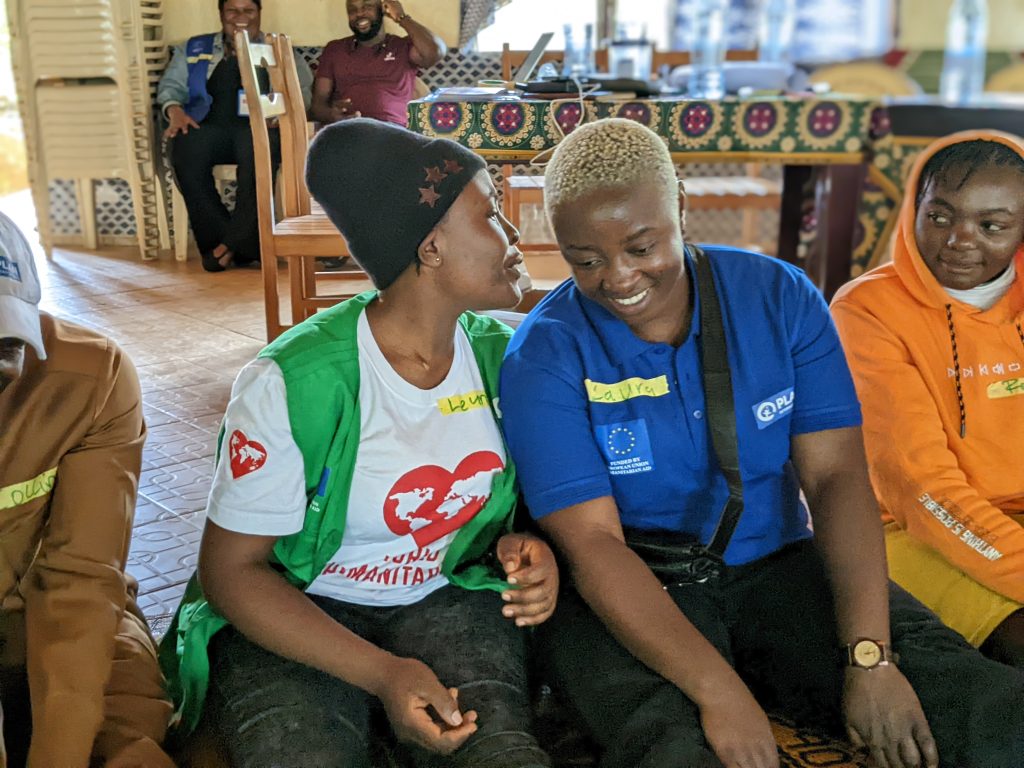
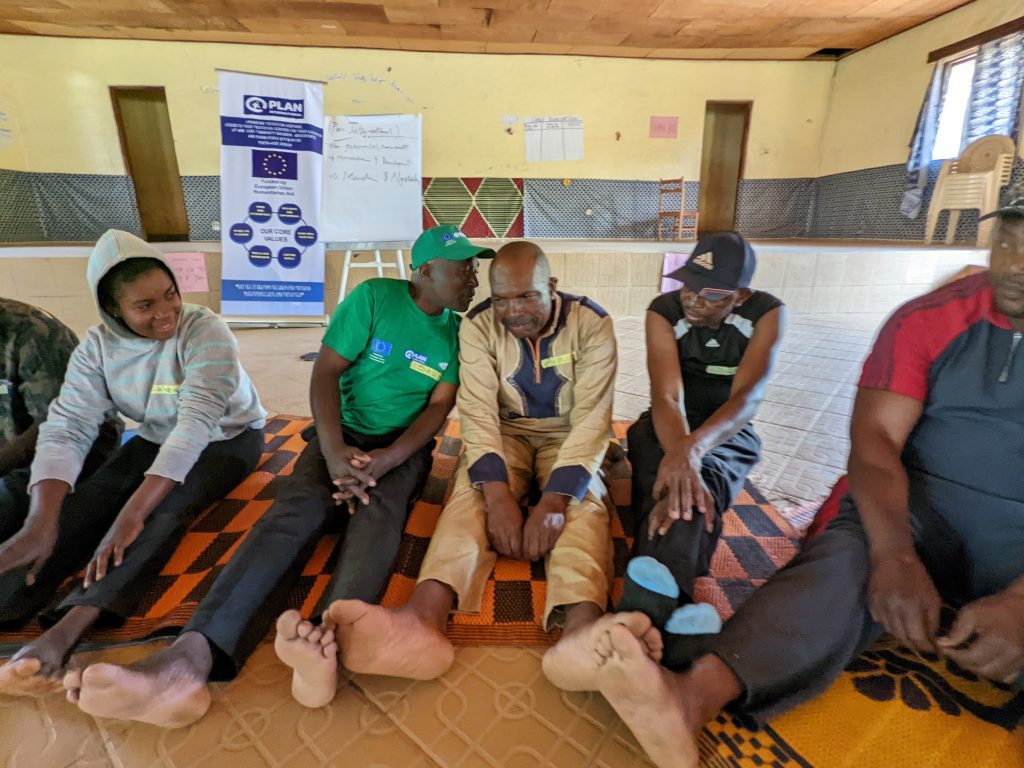
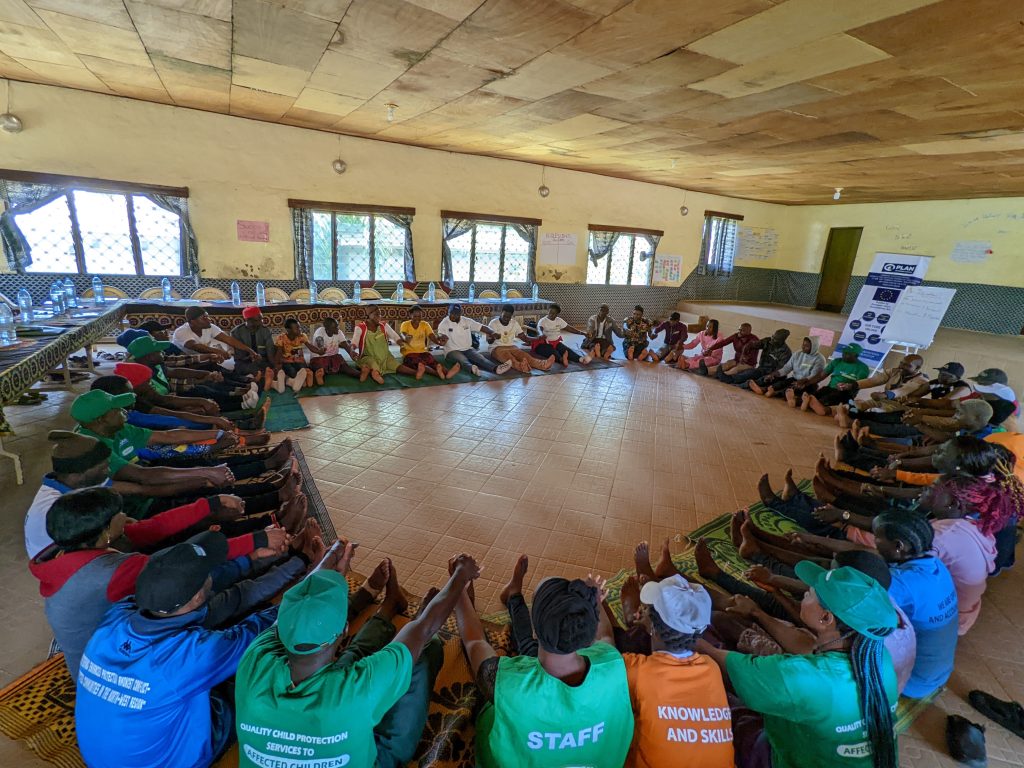
Unaccompanied/Separated Children: UASC will be included under child protection related activities while access, including to specialised CP services, will be fostered in accordance with international Child Protection Minimum Standards (CPMS).
Persons with disabilities: Children with disabilities were identified as one of the most vulnerable groups in both targeted regions. Considering this need, Plan will try to identify children living with impairments and referring them, as possible. Limited accessible services at community level must be considered as the main constraint. Education facilities and TLS will be rehabilitated and made accessible for children with impairments.
Child Survivors of Sexual Exploitation and Abuse: Children who have been subjected to sexual exploitation or abuse will benefit from various services using an individualised and confidential approach (e.g., protection and SRH services); Trauma-Informed Care: This approach recognises the impact of trauma on the child’s behaviour and development. It focuses on creating a safe environment, building trust, and empowering the child, Based Approach: Emphasizing the child’s strengths and resilience helps in building their self-esteem and encourages positive outcome. Support Services: Providing access to counselling, medical care, legal assistance, and educational support is crucial for the child’s recovery and well-being, Inter-Agency Collaboration: Effective case management involves collaboration between various agencies, including social services, law enforcement, healthcare providers, and educational institution, Prevention and Education: Educating children, families, and communities about the risks and signs of exploitation can help in preventing abuse and ensuring early intervention.
Establishment of static and mobile CFS’ and the production of birth certificates:
Child-Friendly Spaces (CFS) are essential community hubs established in 13 intervention communities, providing safe havens and outreach centers for children affected by violence and trauma. These spaces play a crucial role in identifying at-risk children and survivors of violence, ensuring that no child is overlooked.
The facilitation of birth certificates for identified vulnerable children will take place in the North-West regions of Cameroon.
GPA Activities
Engagement of community stakeholders: GPA implementing sites include: esu, furu-awa, baba 1, babessi and bangolan and during the project, we have been ablet to carry out proper community engagement in all 5 communities. Our community engagement initiatives are crucial in fostering a collaborative environment that supports the education and development of children. By working closely with local stakeholders, community leaders, and parents, we can better understand their needs, concerns, and aspirations. This has helped us to implement the program in a more effective and efficient way that will have great impact on the community, increasing the likelihood of success and sustainability. Through community engagement, we aim to build trust, promote ownership, and ensure that our efforts are responsive to the community.
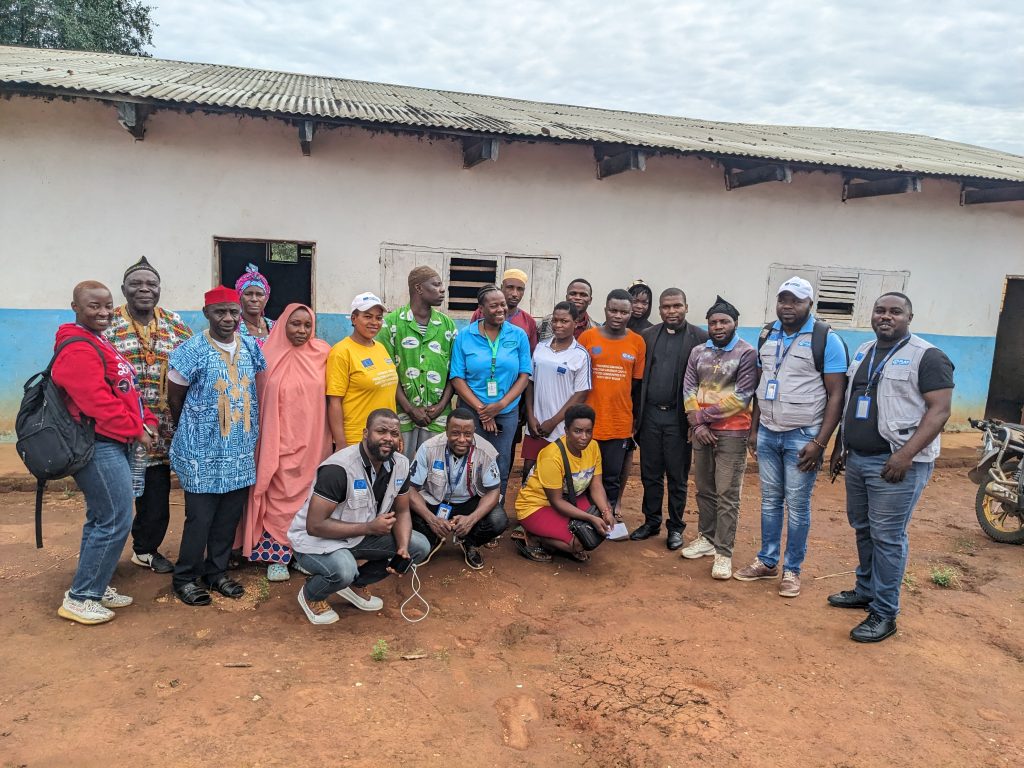
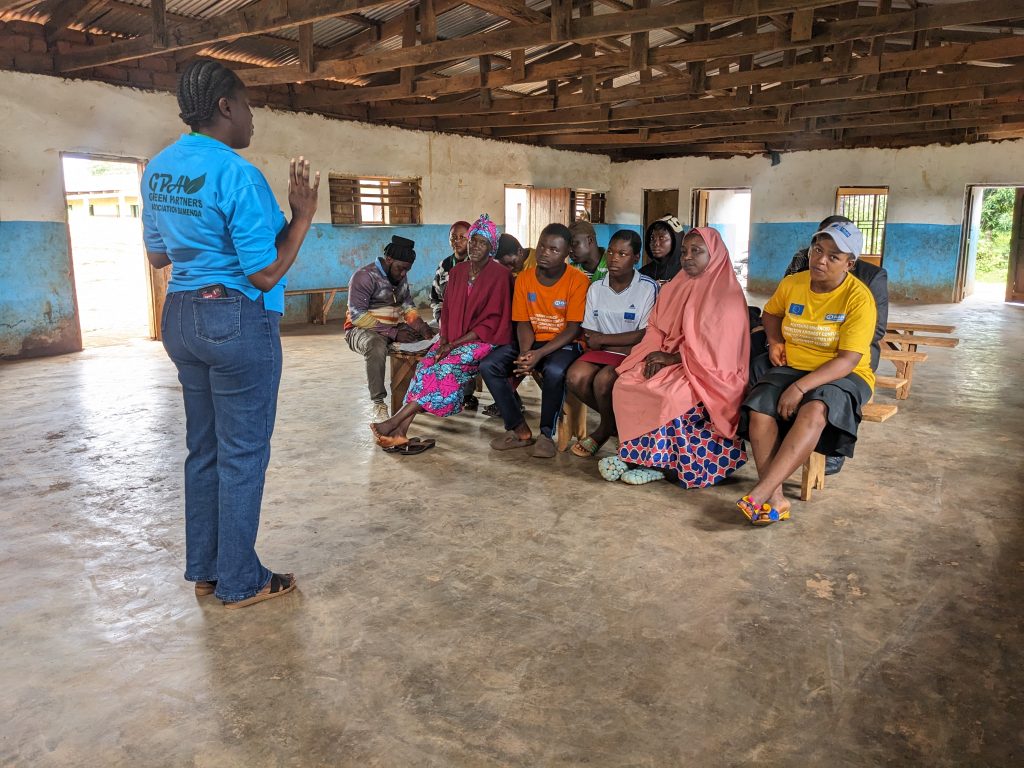
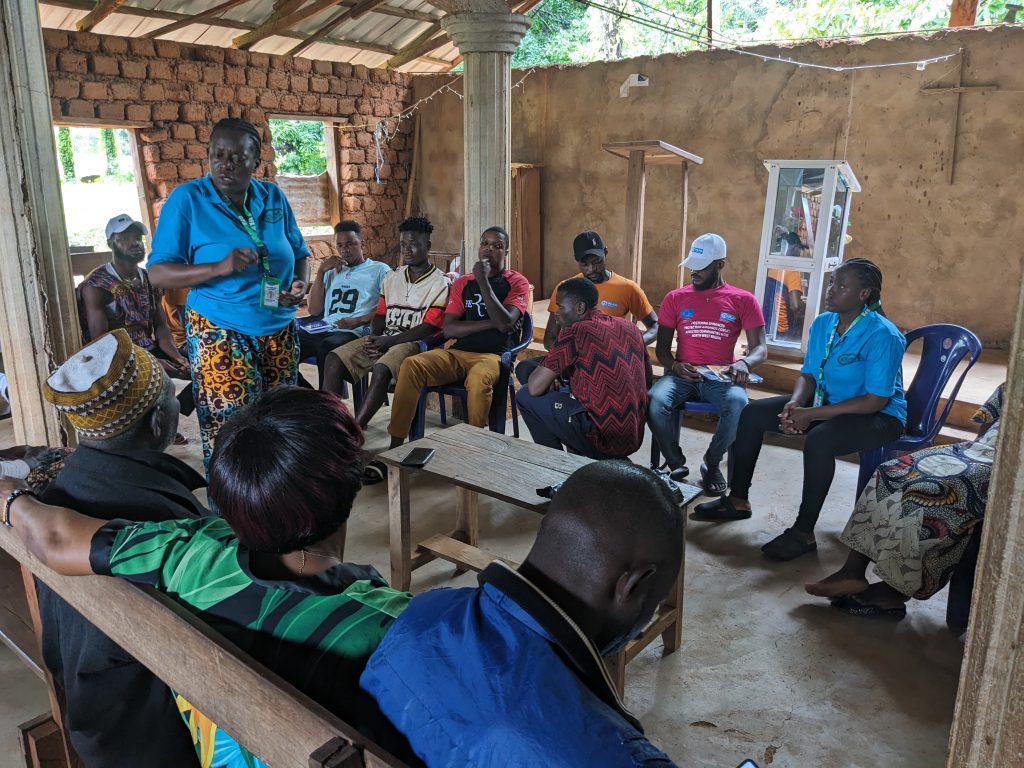
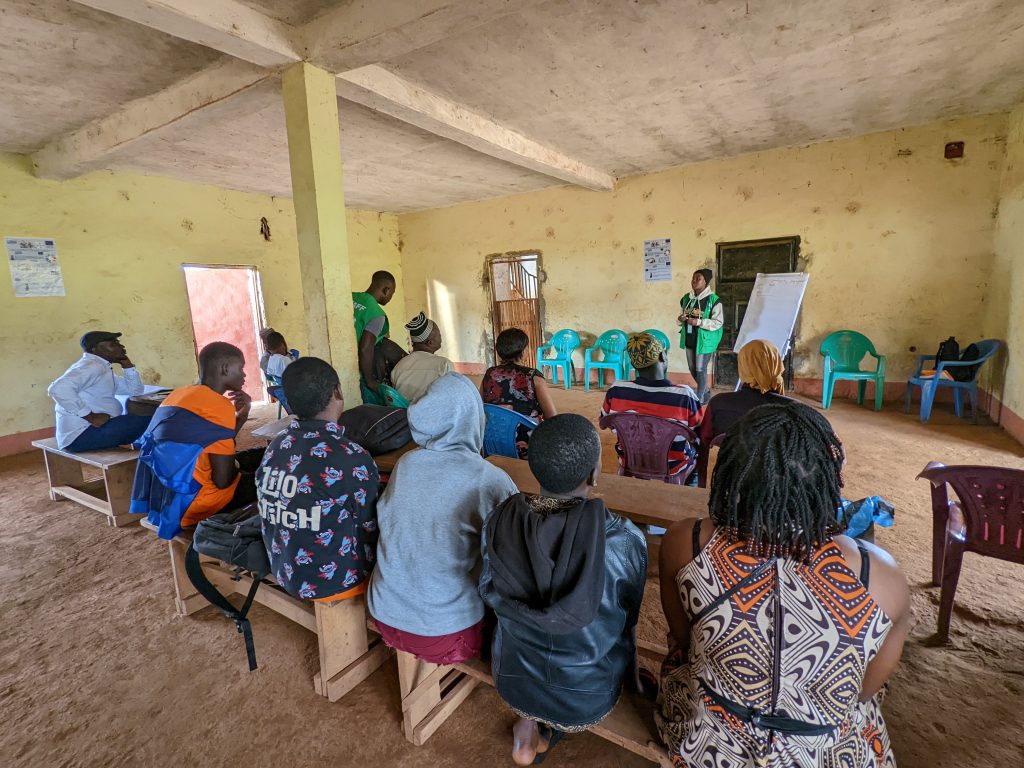
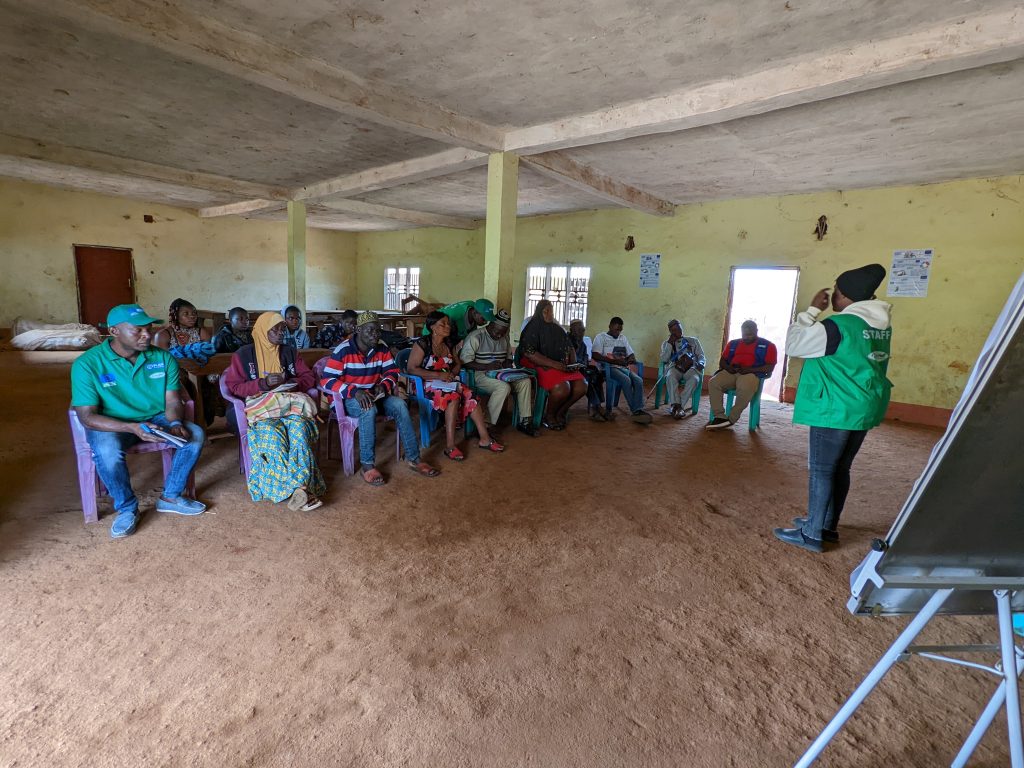
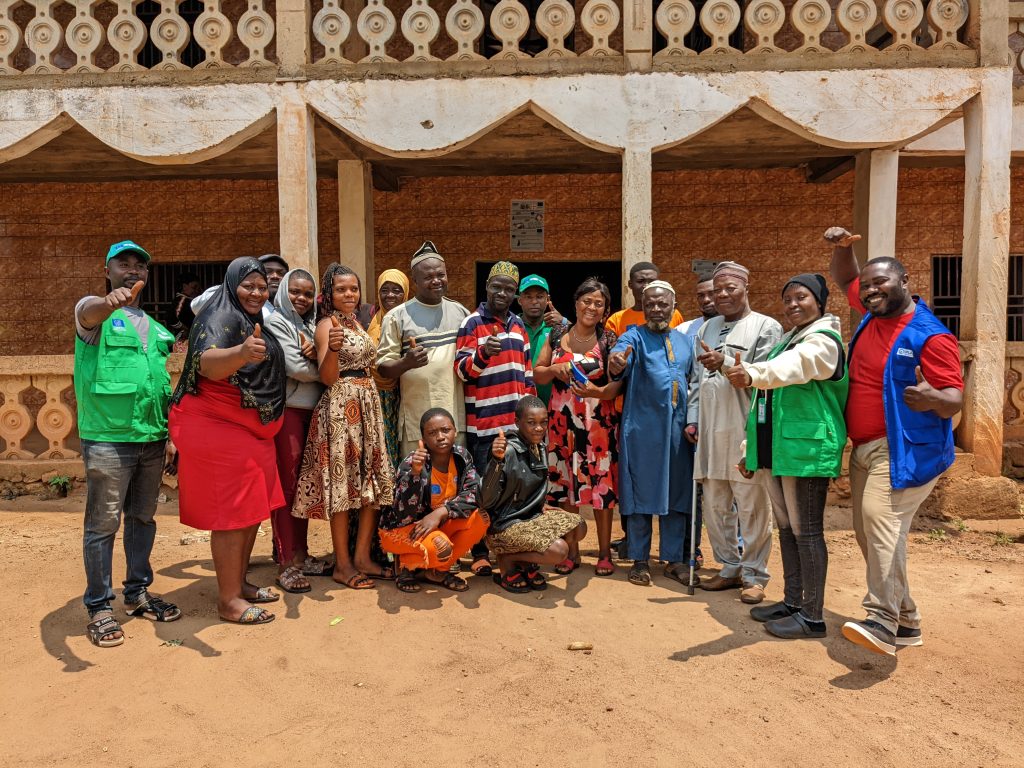
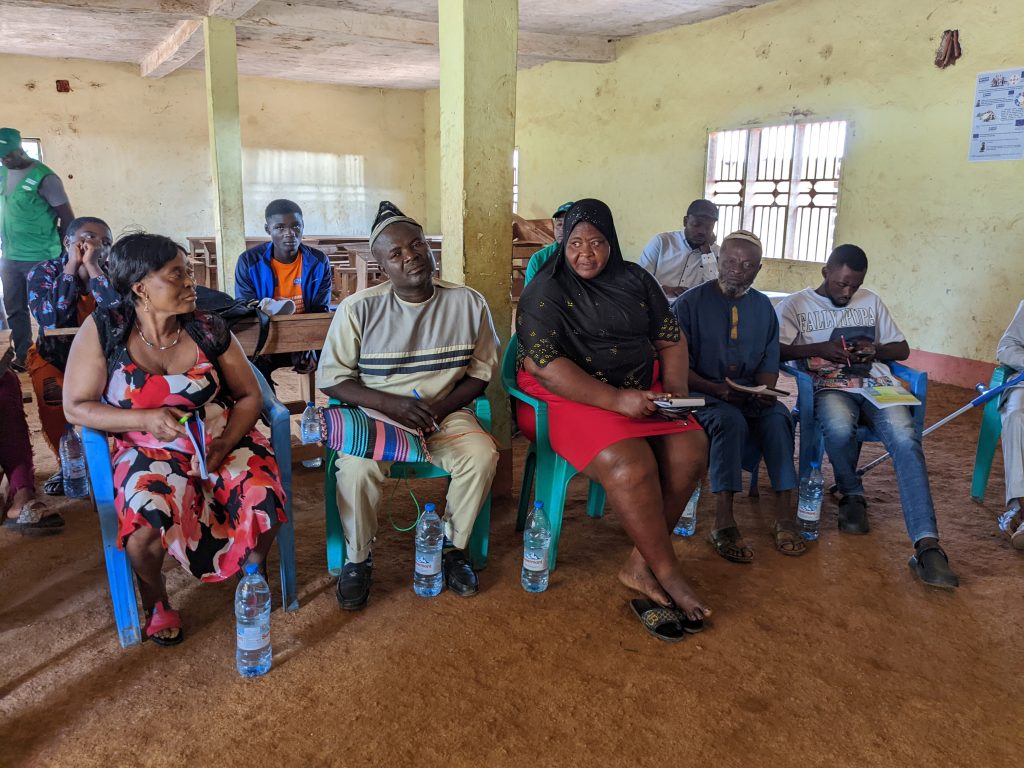
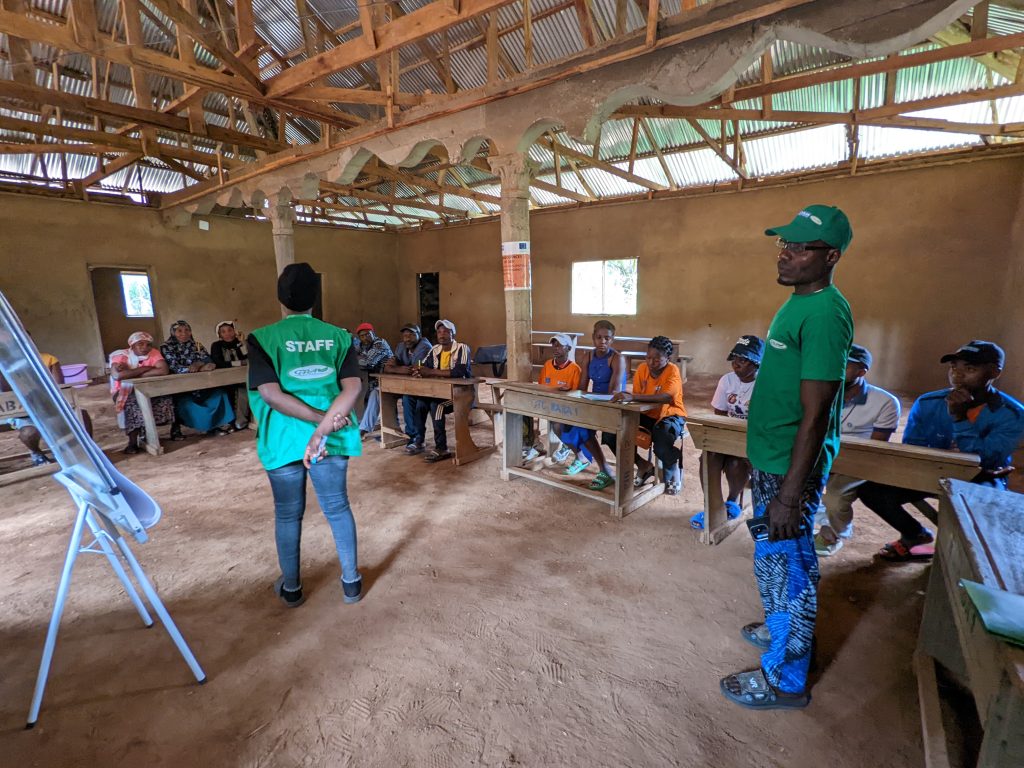
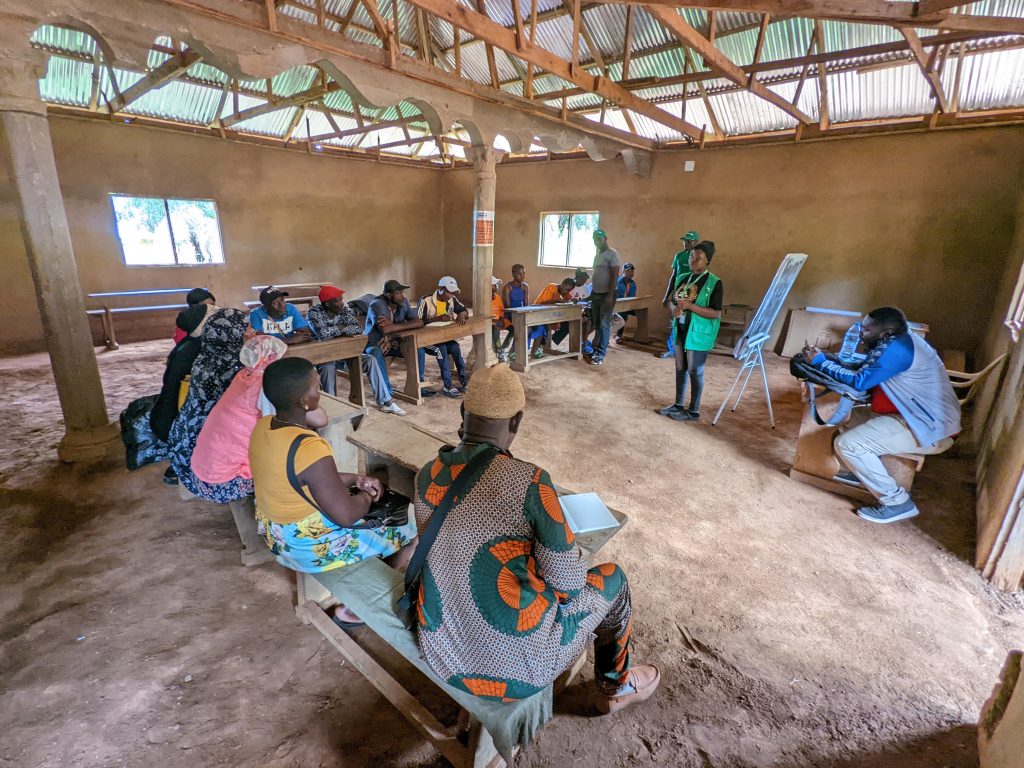
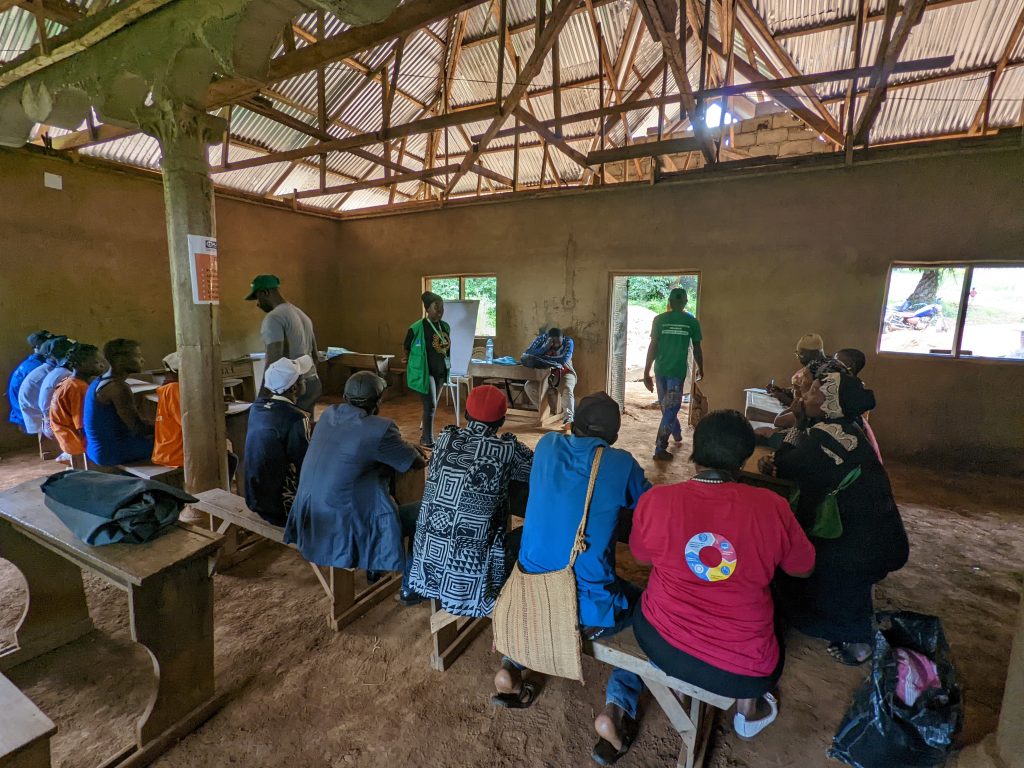
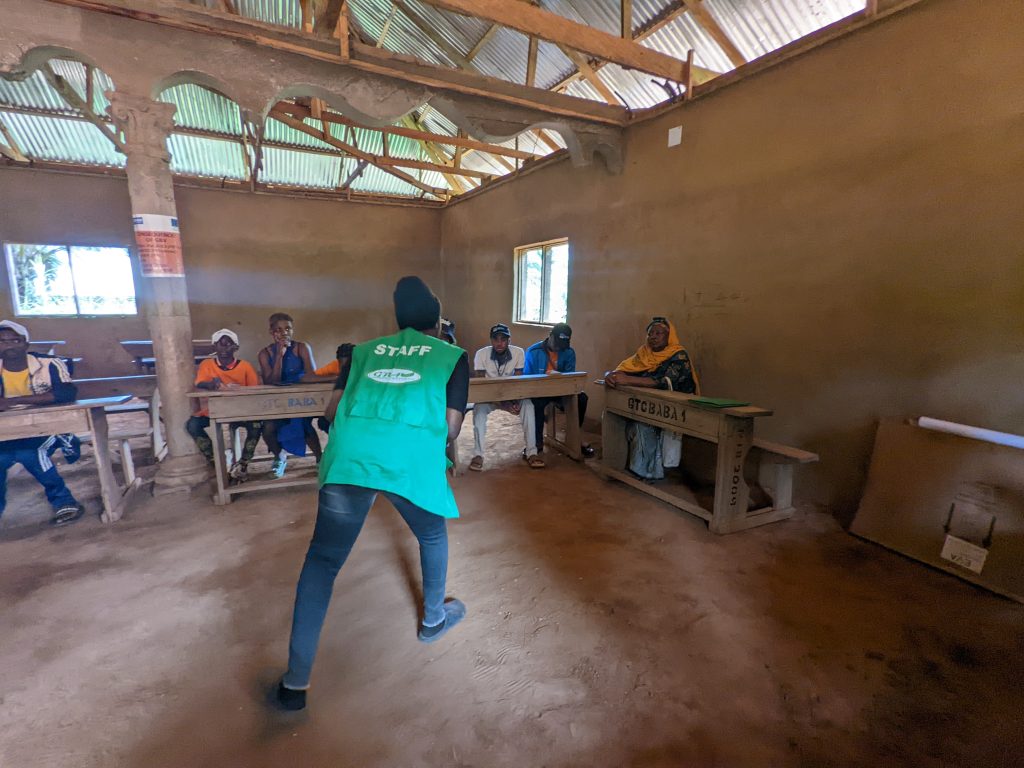
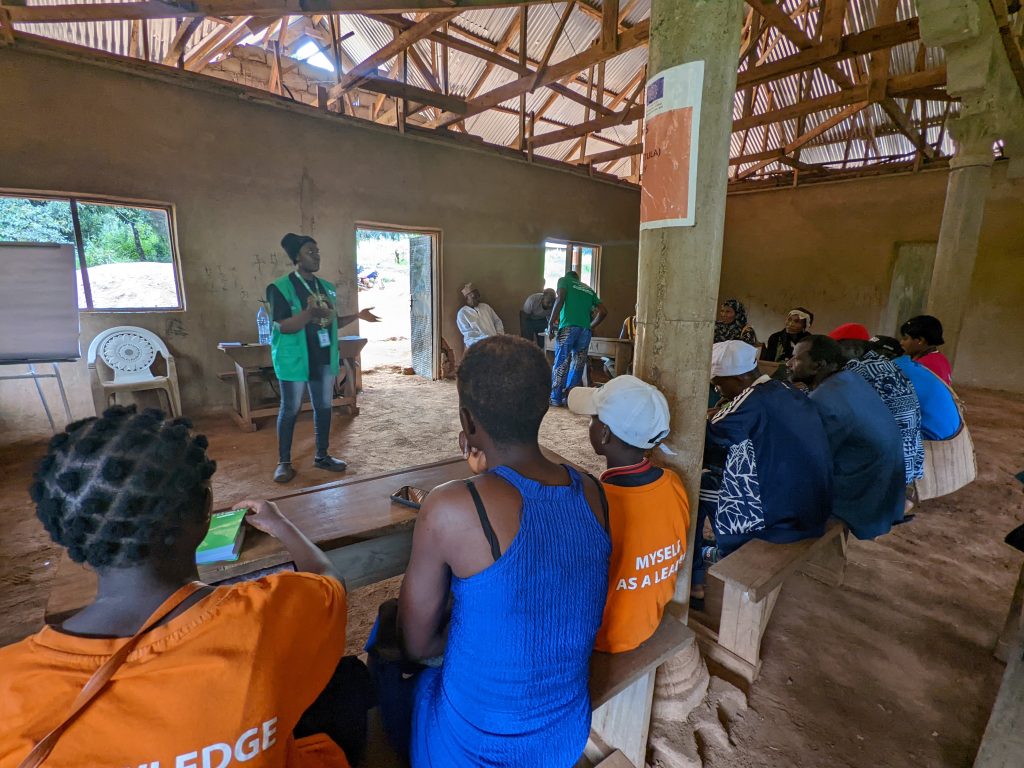
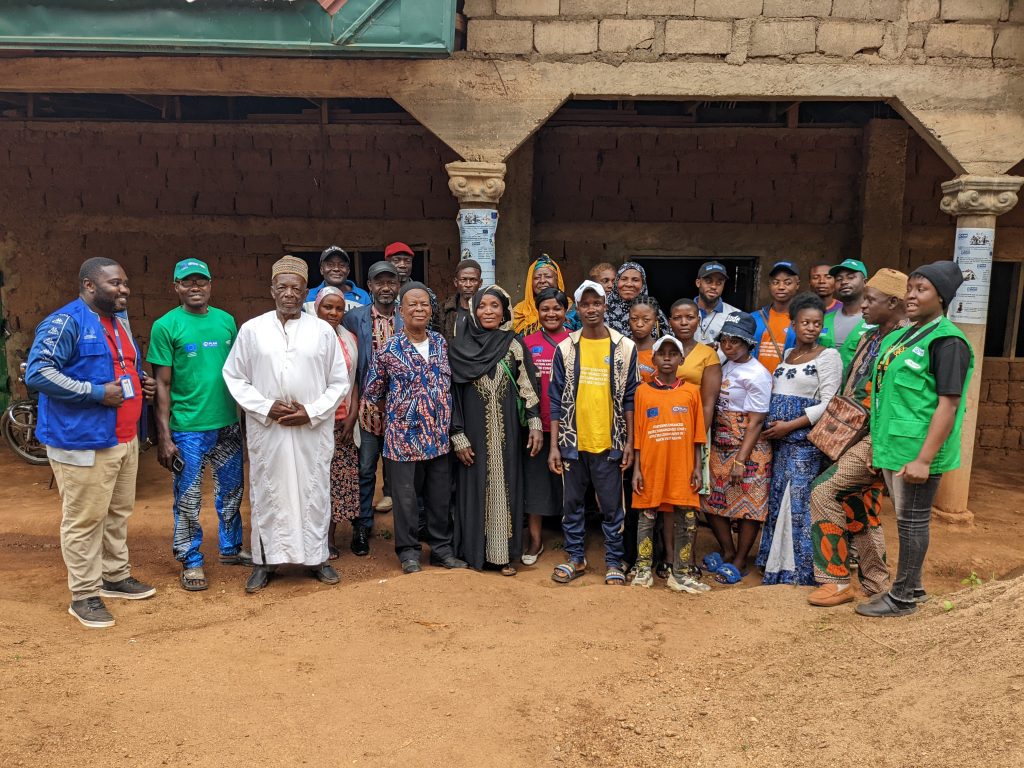
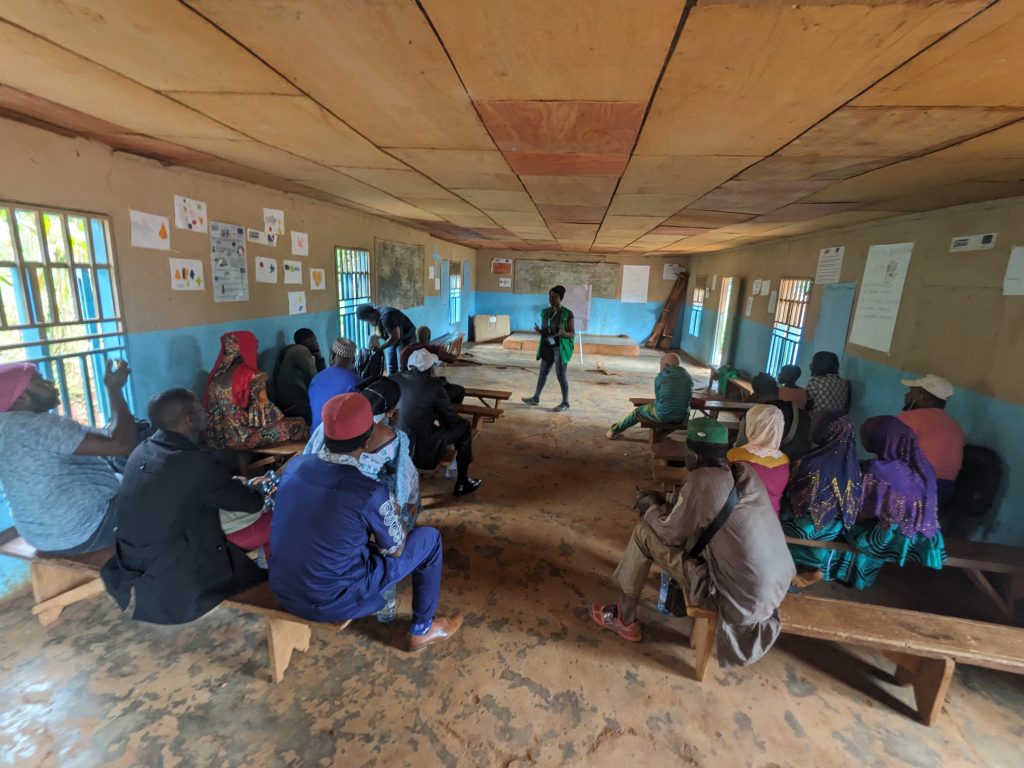
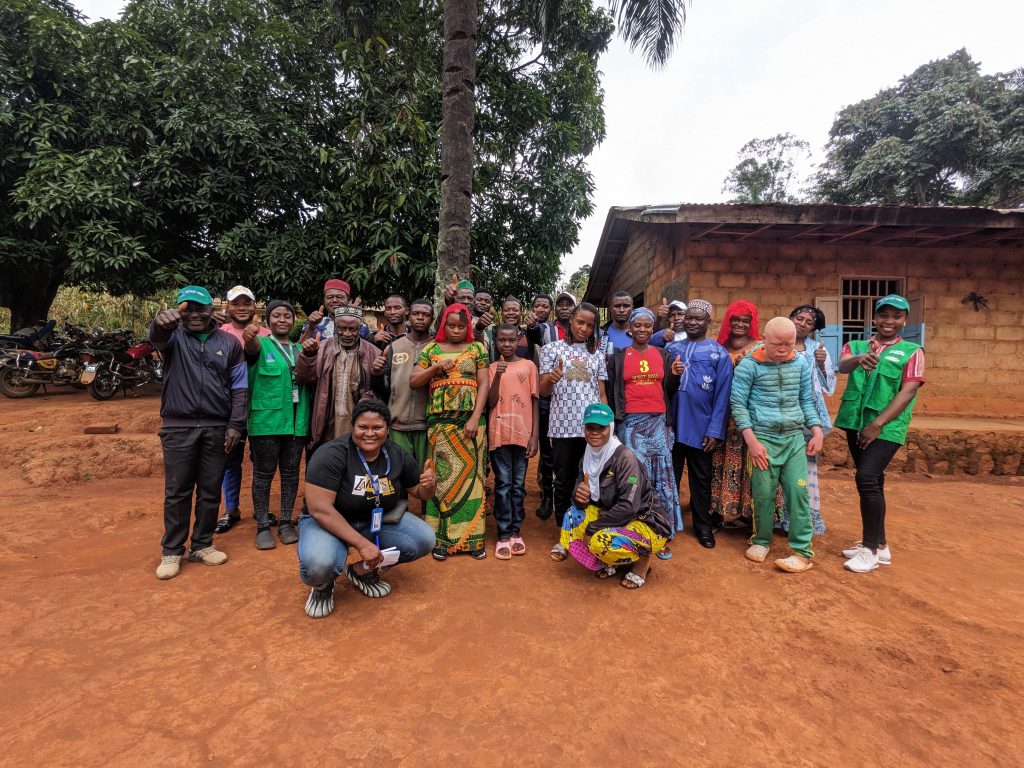
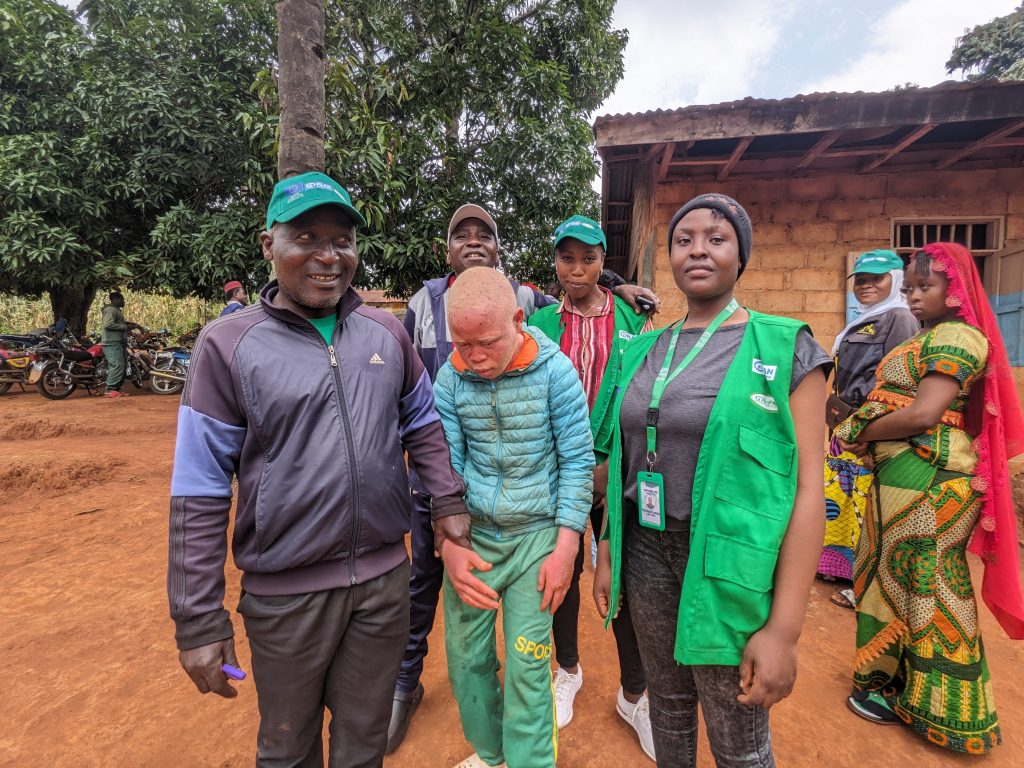
Community sensitization on Gender base violence (GBV) and sexual and reproductive health and rights (SRHR): It responds to the strategic goal of strengthening adolescent-friendly services and promoting behavior change in fragile contexts through informal, peer-led, and values-based approaches. By empowering communities with accurate information and fostering local dialogue around SRHR and protection issues, this activity contributes to other broader objectives of building resilient, informed, and protective environments for children and young people in crisis-affected settings. the main objective of the activity is To enhance community-level knowledge, attitudes, and practices around sexual and reproductive health and rights (SRHR) and sexual and gender-based violence (SGBV) to strengthen child protection mechanisms and improve access to age-appropriate, survivor-centred services in crisis-affected communities of Menchum and Ngoketunjia.
















Establishment and Strengthening of Child-Friendly Spaces (CFS): Child-Friendly Spaces play a vital role in providing a safe, supportive, and inclusive environment where children can learn, play, and grow. These spaces are designed to promote children’s physical, emotional, and cognitive development, while also providing a sense of normalcy and stability in times of crisis. Our efforts focus on establishing and strengthening CFS that are equipped with essential resources, staffed by trained personnel, and tailored to the specific needs of the children they serve. By creating these spaces, we aim to provide children with a foundation for learning, socialization, and future success.
Strengthening Community-Based Protection Mechanisms: We also focus on strengthening Community-Based Protection Mechanisms, particularly Child Protection Committees (CPCs). By building the capacity of CPCs, we empower communities to identify, prevent, and respond to child protection concerns. This includes training CPC members on child protection principles, case management, and referral pathways, enabling them to provide effective support to children and families.
Youth Empowerment through Life Skills Activities: In addition to supporting children, we also prioritize empowering youths and adolescents through life skills activities. One notable initiative is our pastry-making program, which equips young people with practical skills, promotes entrepreneurship, and enhances their socio-economic prospects. By providing opportunities for skills development, we aim to support the growth and development of young people, enabling them to become productive members of their communities.
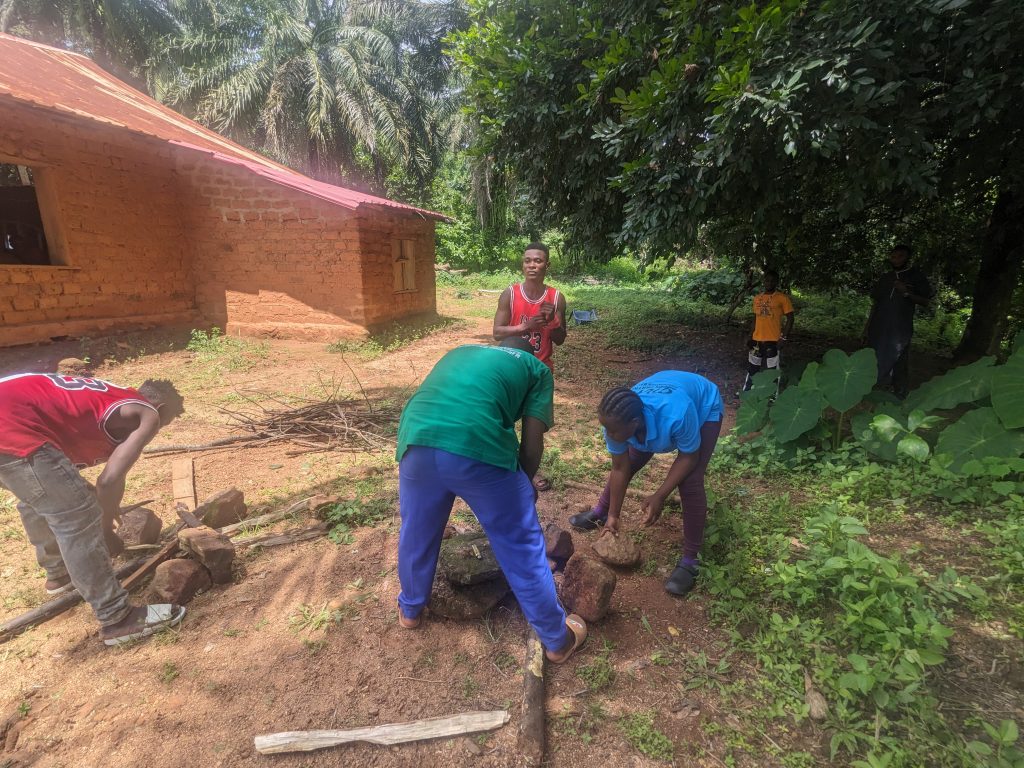
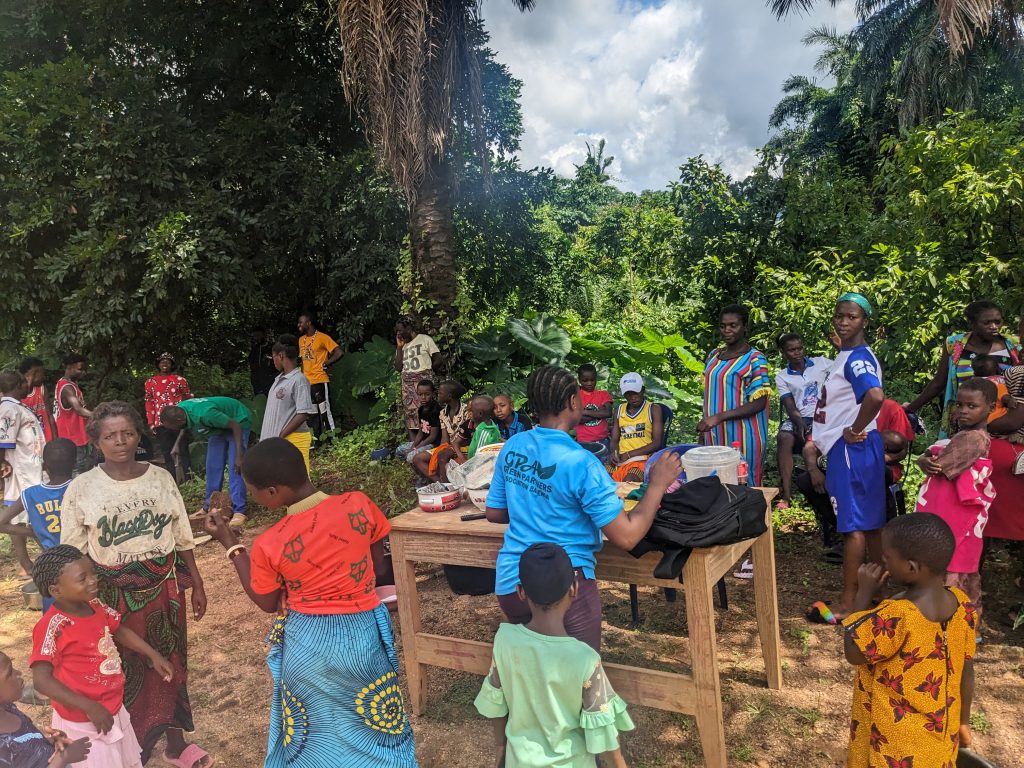
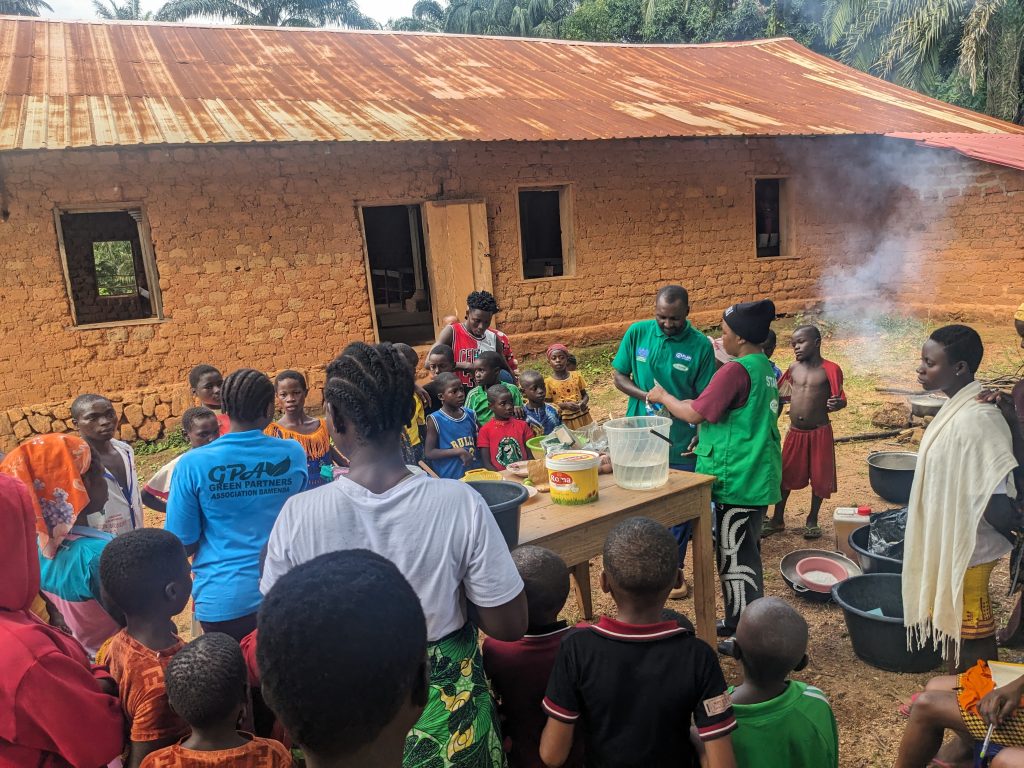
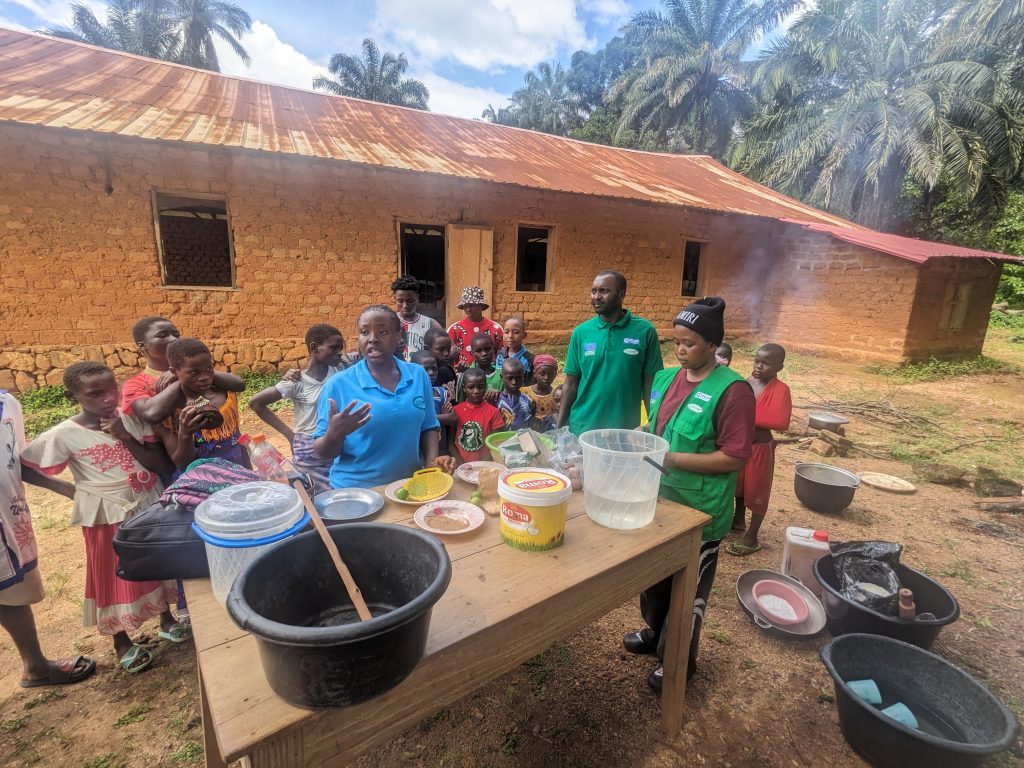
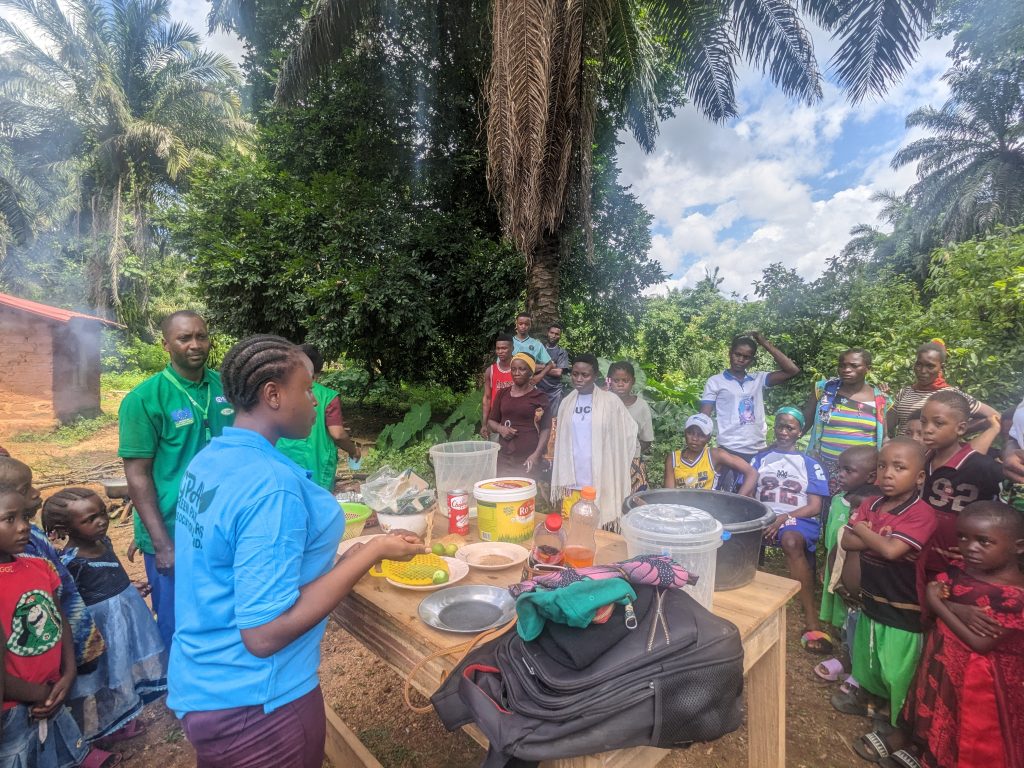
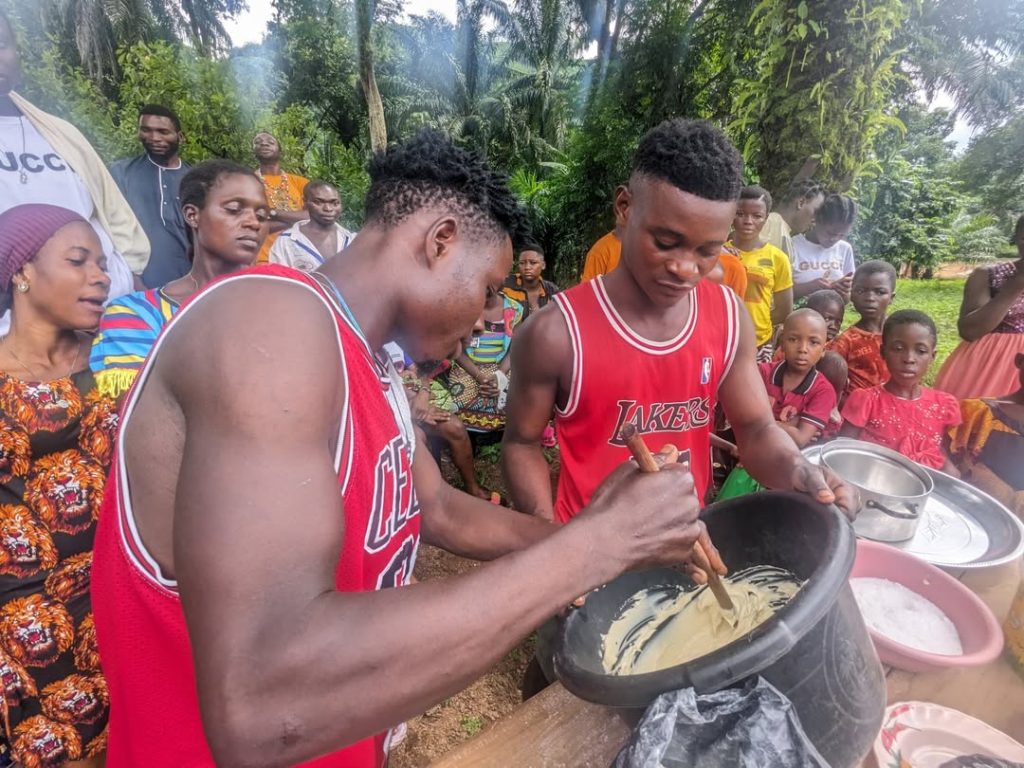
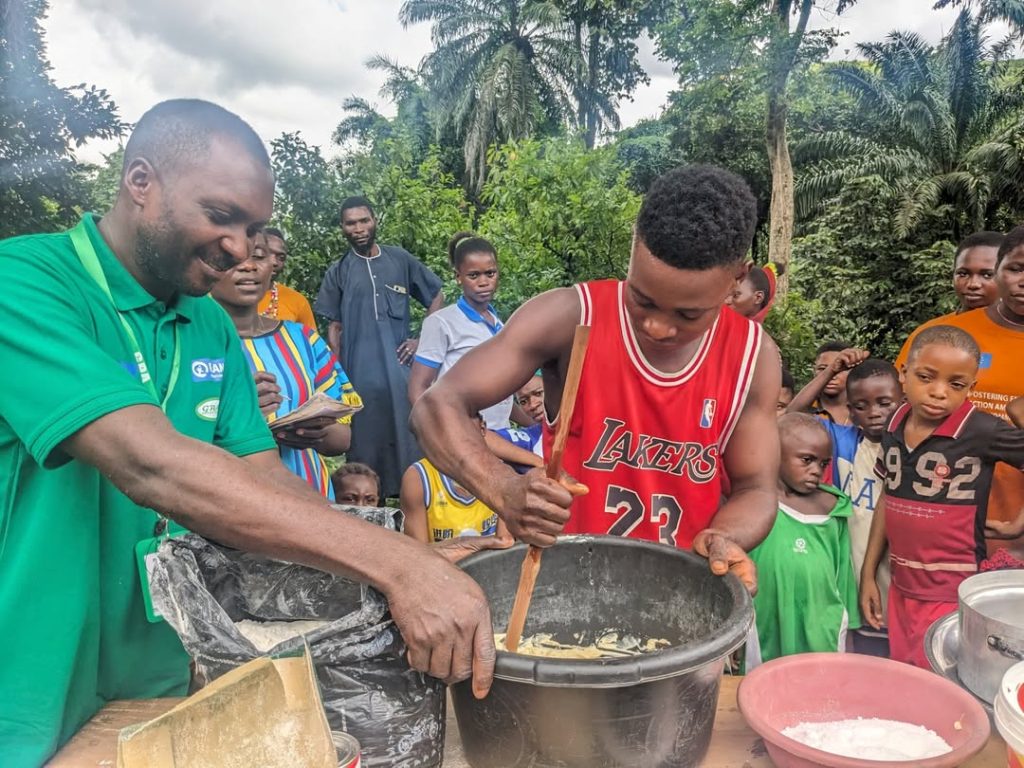
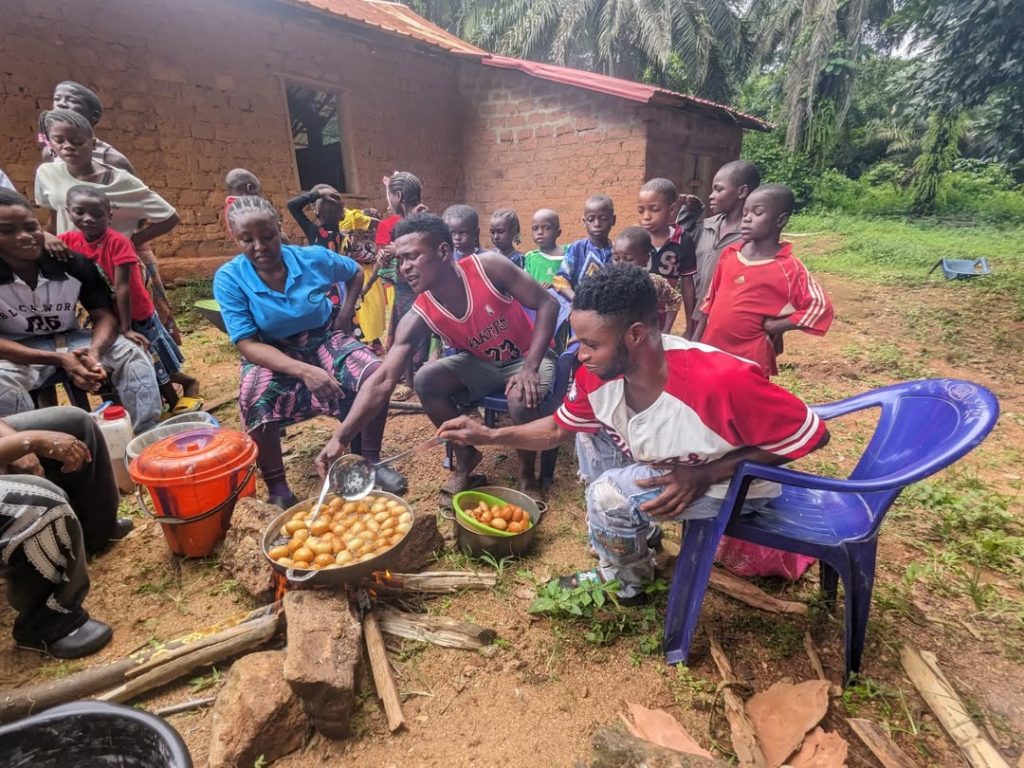
Training of Personnel: To ensure the effectiveness of our programs, we prioritize the training and capacity-building of our personnel. This includes:
Feedback Focal Persons: These individuals are trained to collect and document, feedback through the different mechanisms out in place, from the community, ensuring that all concerns are addressed, and improvements are made. This helps us to be more responsive to community needs and to continually improve our programs.
Enumerators: Our enumerators are equipped with the skills and knowledge necessary to collect accurate and reliable data, which informs our program design, implementation, and monitoring. This data-driven approach enables us to track progress, identify areas for improvement, and make informed decisions.
Protection Mainstreaming: We provide training on protection principles and practices to ensure that our personnel understand the importance of safeguarding children and communities. This includes identifying and responding to protection concerns, promoting child protection, and preventing exploitation and abuse. By mainstreaming protection into our programs, we can ensure that our efforts are safe, inclusive, and respectful of all individuals.
